“Society has no aim other then the complete liberation and happiness of the masses”
Sergey Nechayev: Catechism of a Revolutionary
Franco Marletta is shown for the first time in almost 40 years, in a capsule exhibition presenting highlights from a 2.000 piece collection just found in the artist’s vault. Curated by Gianluigi Ricuperati and Giulia Marletta, the artist’s daughter, the exhibition features Marletta’s visionary paintings and drawings dating back mostly to the 1960s and 1970s.
The art is accompanied by text from contemporary philosopher/futurologist Ray Kurzweil about the merging of Man and Machine (Singularity) and nature gone mad– today’s hot topics which were at the epicenter of Marletta’s artistic vision back in the day. Marletta not only foreshadows the theories of Kurzweil and Post-Humanism; his work is also, most arguably, the closest an Italian ever got to the Cosmist Theory of the old Soviet Union; his haunted landscapes, both in painting and in drawing, depict a world for which even the adjective ‘dystopian’ feels quite useless and reductive.
More than 30 years after his mysterious disappearance, this exhibition presents the work of a truly original artist, representing a point of convergence between languages and time periods. A haunting vison of the future that has now become our present and indeed our future.
Franco Marletta is one of Italy’s best kept secrets in the Italian art scene of the sixties and seventies.
Mysteriously disappearing at the end of the 80’s, he left a visionary and somehow prophetic legacy. We can imagine him as a messenger of Russian cosmism, a political and aesthetic movement that mixed Soviet science fiction and a strange form of “atheistic theology”.
Russian cosmists imagined a resurrection of bodies, fueled by the endless progress of the people’s science and technology – to colonizing space and other planets with the new humans restored to life by materialistic knowledge.
Franco Marletta, in activity a few decades after the Russian revolution, brings to the Italian pictorial language an exciting figurative delirium in which the dystonic animals and dystopian humans mingle in a endless procession, an exodus of heads on their way back to earth after experiencing the silence of death.
The heads, the mechanical insects, the saturated colors and geometric shapes of unthinkable cities, infrastructures of the hereafter, eyes that awaken to life after millennia of dense, dark night. In Marletta’s world, singularity – the introverted and incontrovertible destiny towards which our species runs, according to Kurzweil (another grandson of the unknowing cosmists) – presents itself in the restless guise of billions of survivors of everything.
Gianluigi Ricuperati
My father, in the sixties and seventies, painted visions of a mysterious future that must have seemed bizarre to his contemporaries.
He was solitary and dedicated to his work. I remember him bent over a sheet of paper on which, every day, with great precision, he would imprint an ever changing version of his particular vision of the world.
Surprisingly, After almost fifty years, the themes of his work: the Man who becomes machine-robot, the Man who battles nature to subjugate it are no longer just the obsessions of an unconventional perhaps somewhat mad artist, but have become the topics of hyper-contemporary trans humanism expressed by philosophers such as Kurzweil.
But on closer inspection, the details of these thousands of variants he left us, even in the apparent festivity of the pop colors, suggest a different spirit…
The grinding teeth, the broken fingers, the crazed grasshoppers, reveal an aftertaste that is detached from the optimism of the American vision. The singularity that my father foresaw, betrays a distressing aspect, a vortex that swallows up humanity and its traditional values, launching us all towards a mysterious and inexorable future…
Perhaps my Dad’s visions was not just a legacy to our generation, but a warning to those yet to come….
Giulia Marletta
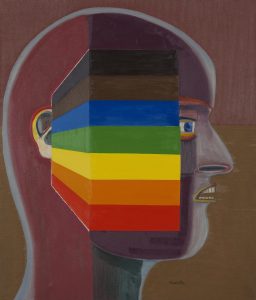 1"Personaggio"
1"Personaggio"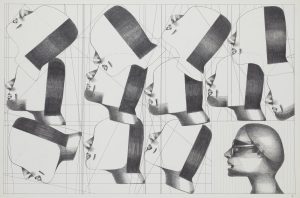 2Senza titolo, 1977matita su carta
2Senza titolo, 1977matita su carta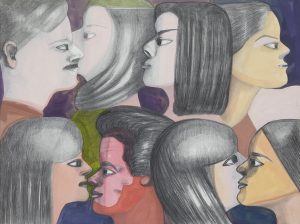 3"Figliole"
3"Figliole"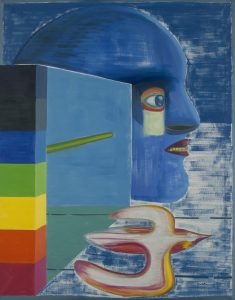 4Senza titolo, 1973olio su tela
4Senza titolo, 1973olio su tela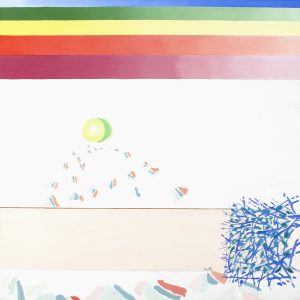 5"Groviglio", 1972-1973olio su tela
5"Groviglio", 1972-1973olio su tela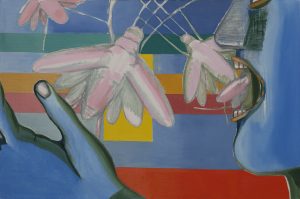 6Untitled n°0532
6Untitled n°0532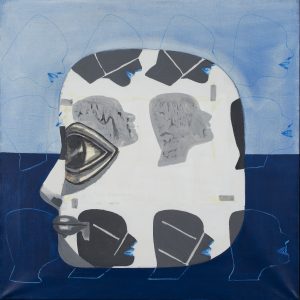 7Untitled
7Untitled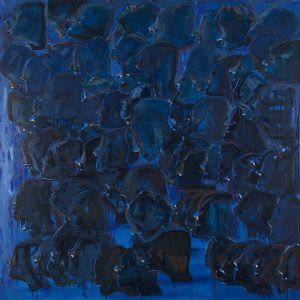 8"La metropoli notturna"
8"La metropoli notturna"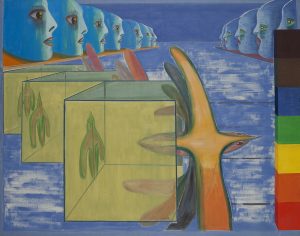 9Untitled n°0581
9Untitled n°0581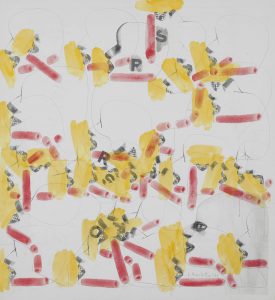 10Senza titolo, 1976tecnica mista su carta
10Senza titolo, 1976tecnica mista su carta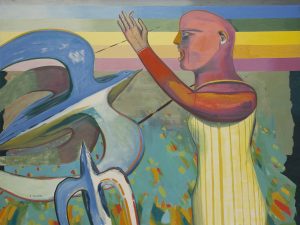 11Untitled n°0578
11Untitled n°0578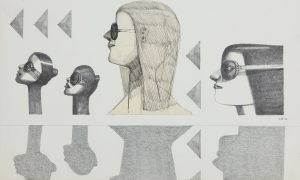 12Senza titolo, 1975matita+collage su carta
12Senza titolo, 1975matita+collage su carta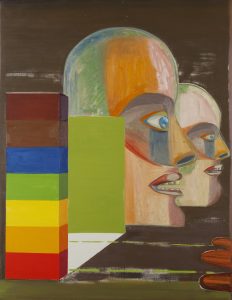 13"Coppia di sposi"
13"Coppia di sposi"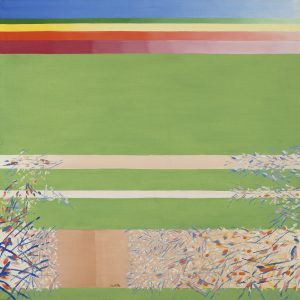 14"Seconda fase: lo spazio", 1972olio su tela
14"Seconda fase: lo spazio", 1972olio su tela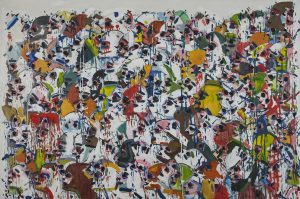 15"La Metropoli" 1976-1989olio su tela
15"La Metropoli" 1976-1989olio su tela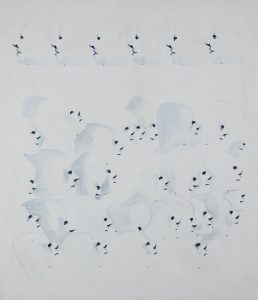 16"Purezza alienata", 1975olio su tela
16"Purezza alienata", 1975olio su tela 1"Personaggio"
1"Personaggio" 2Senza titolo, 1977matita su carta
2Senza titolo, 1977matita su carta 3"Figliole"
3"Figliole" 4Senza titolo, 1973olio su tela
4Senza titolo, 1973olio su tela 5"Groviglio", 1972-1973olio su tela
5"Groviglio", 1972-1973olio su tela 6Untitled n°0532
6Untitled n°0532 7Untitled
7Untitled 8"La metropoli notturna"
8"La metropoli notturna" 9Untitled n°0581
9Untitled n°0581 10Senza titolo, 1976tecnica mista su carta
10Senza titolo, 1976tecnica mista su carta 11Untitled n°0578
11Untitled n°0578 12Senza titolo, 1975matita+collage su carta
12Senza titolo, 1975matita+collage su carta 13"Coppia di sposi"
13"Coppia di sposi" 14"Seconda fase: lo spazio", 1972olio su tela
14"Seconda fase: lo spazio", 1972olio su tela 15"La Metropoli" 1976-1989olio su tela
15"La Metropoli" 1976-1989olio su tela 16"Purezza alienata", 1975olio su tela
16"Purezza alienata", 1975olio su tela 1"Personaggio"
1"Personaggio" 2Senza titolo, 1977matita su carta
2Senza titolo, 1977matita su carta 3"Figliole"
3"Figliole" 4Senza titolo, 1973olio su tela
4Senza titolo, 1973olio su tela 5"Groviglio", 1972-1973olio su tela
5"Groviglio", 1972-1973olio su tela 6Untitled n°0532
6Untitled n°0532 7Untitled
7Untitled 8"La metropoli notturna"
8"La metropoli notturna" 9Untitled n°0581
9Untitled n°0581 10Senza titolo, 1976tecnica mista su carta
10Senza titolo, 1976tecnica mista su carta 11Untitled n°0578
11Untitled n°0578 12Senza titolo, 1975matita+collage su carta
12Senza titolo, 1975matita+collage su carta 13"Coppia di sposi"
13"Coppia di sposi" 14"Seconda fase: lo spazio", 1972olio su tela
14"Seconda fase: lo spazio", 1972olio su tela 15"La Metropoli" 1976-1989olio su tela
15"La Metropoli" 1976-1989olio su tela 16"Purezza alienata", 1975olio su tela
16"Purezza alienata", 1975olio su tela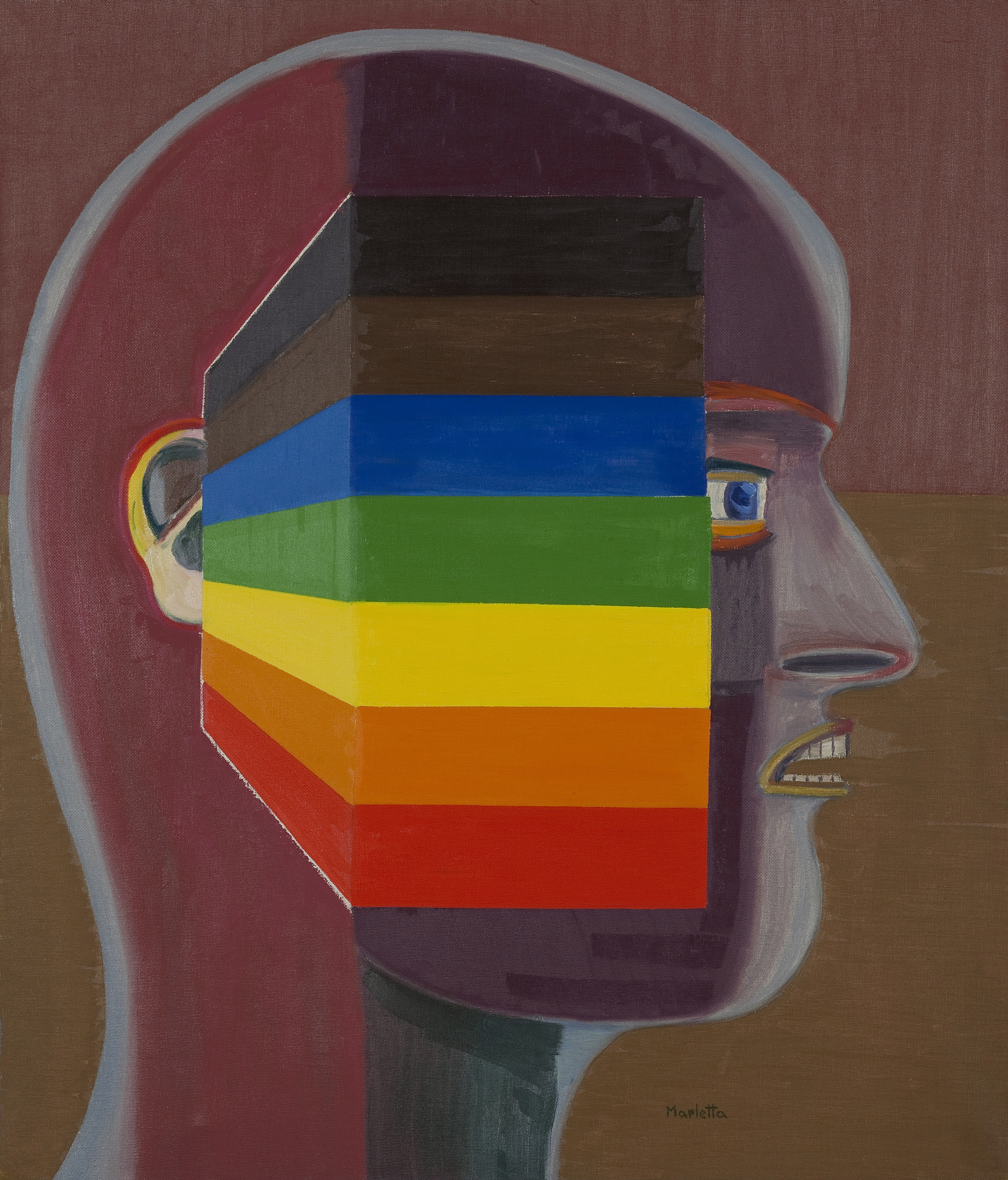
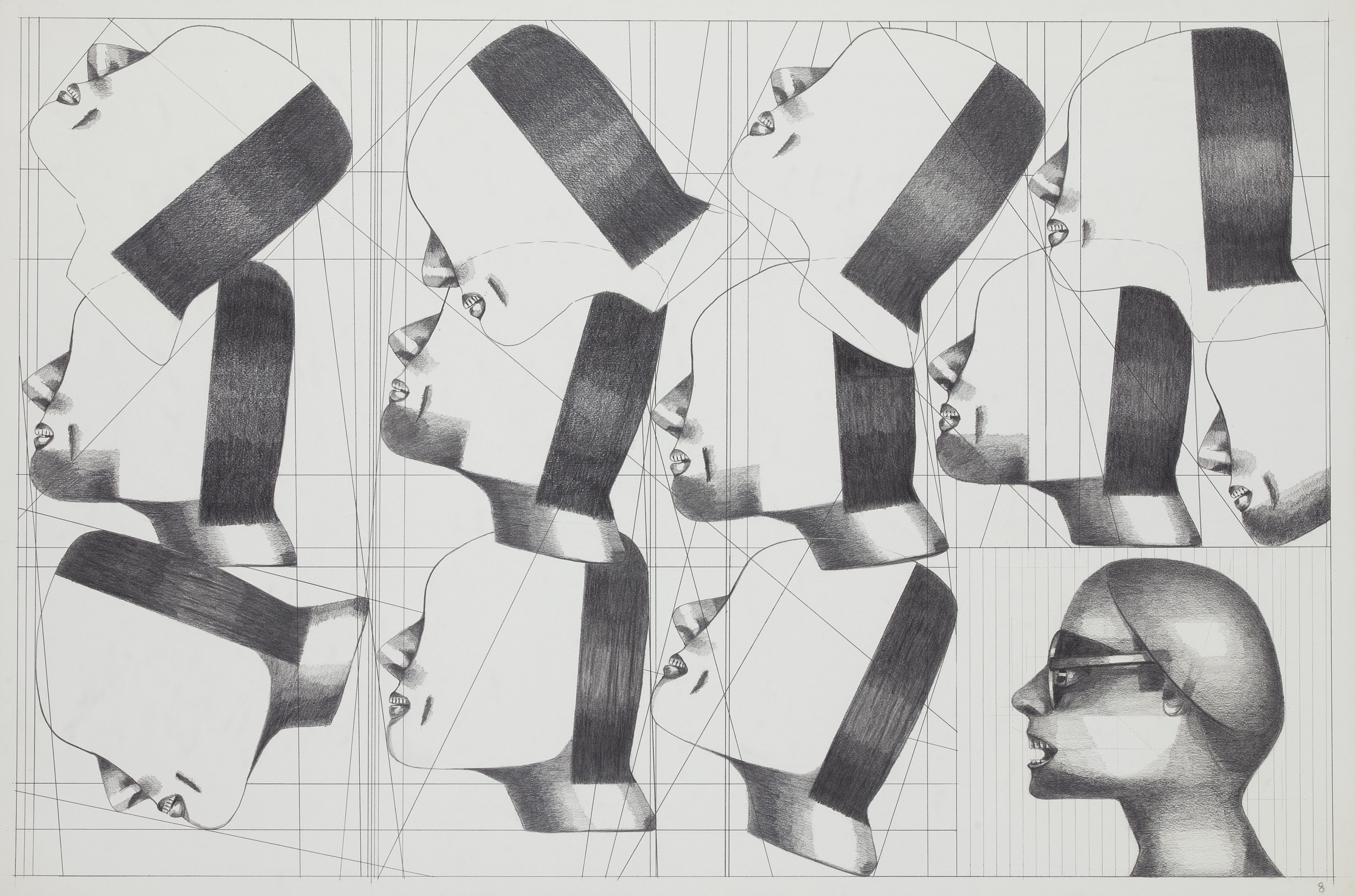
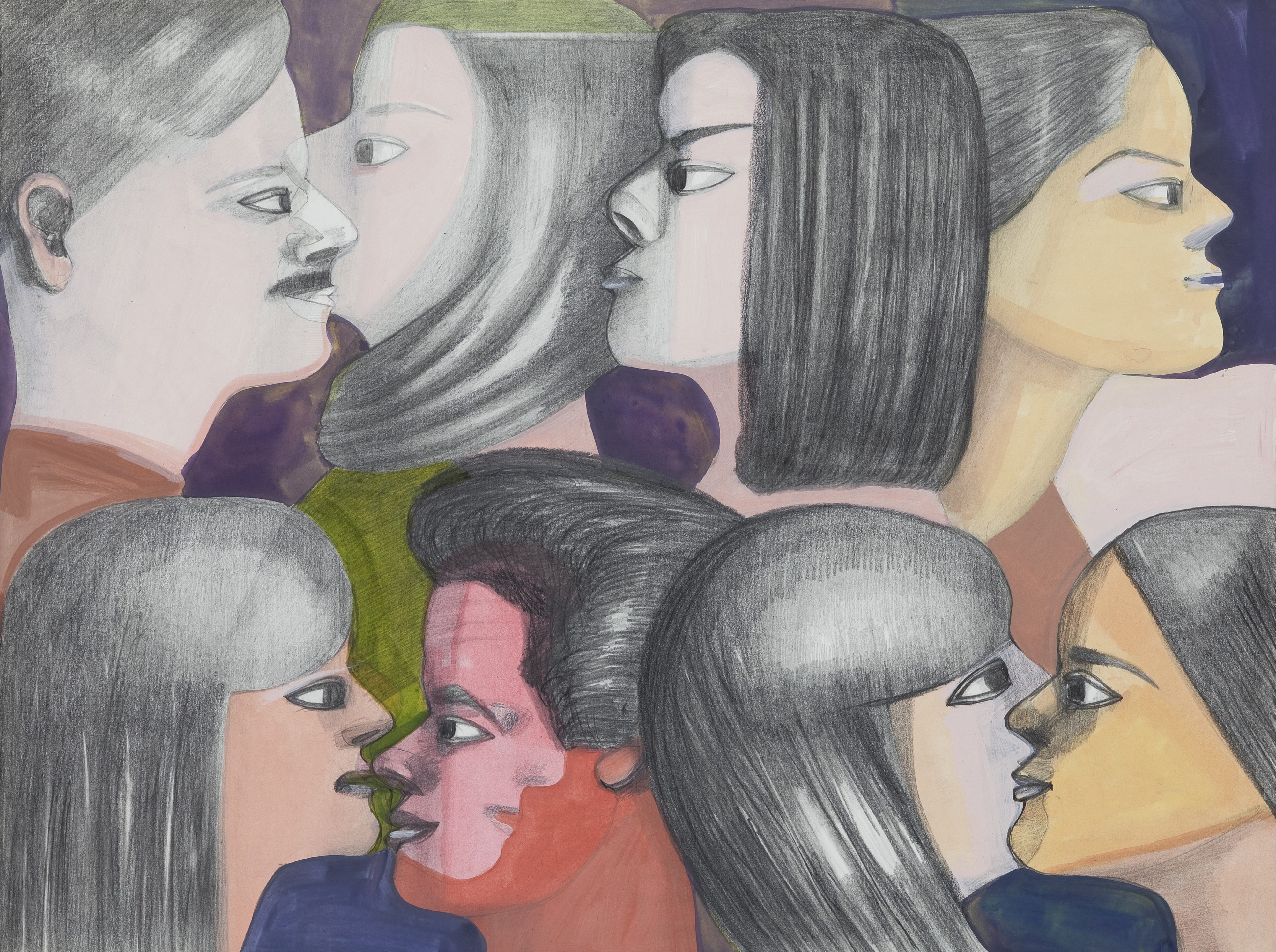
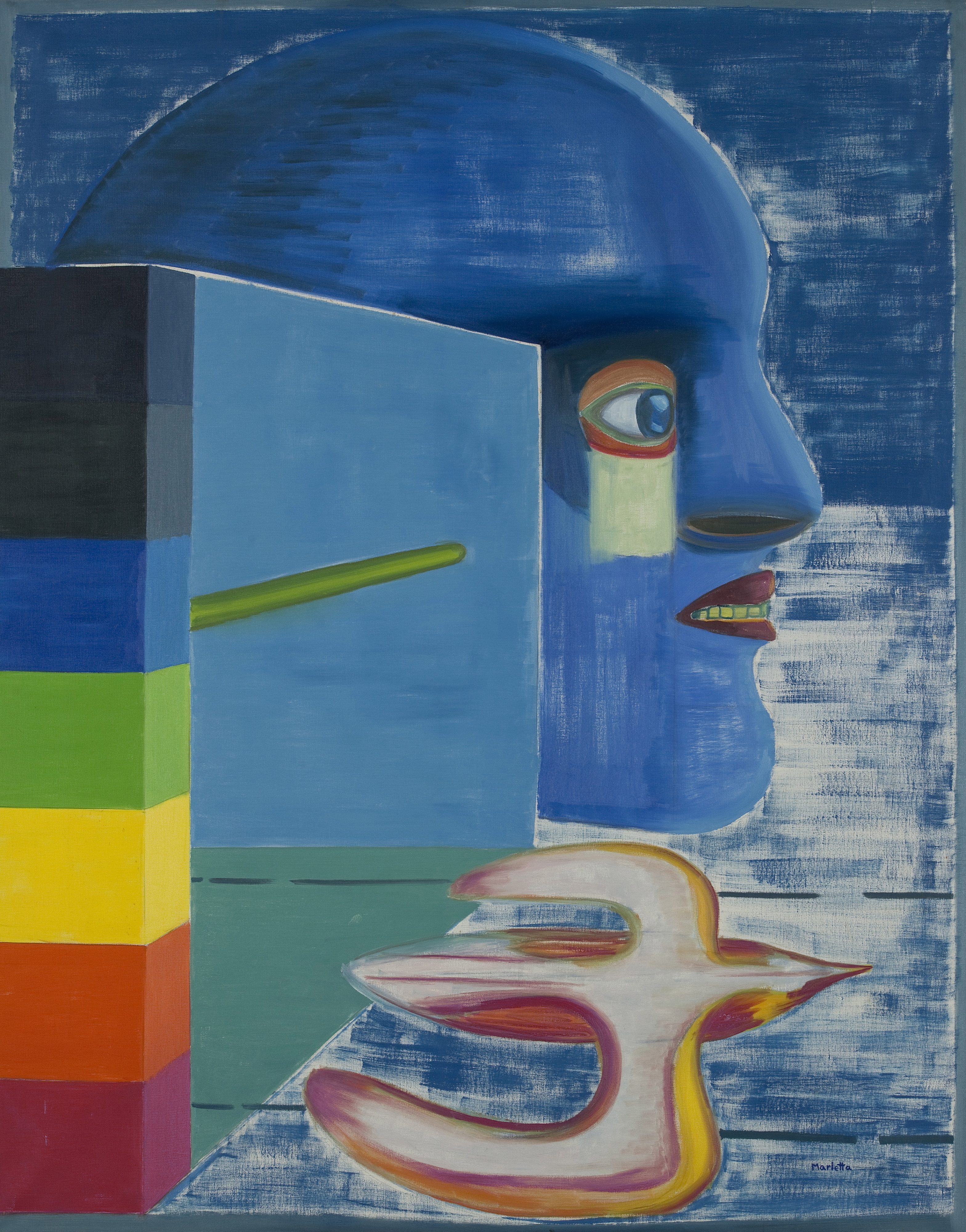
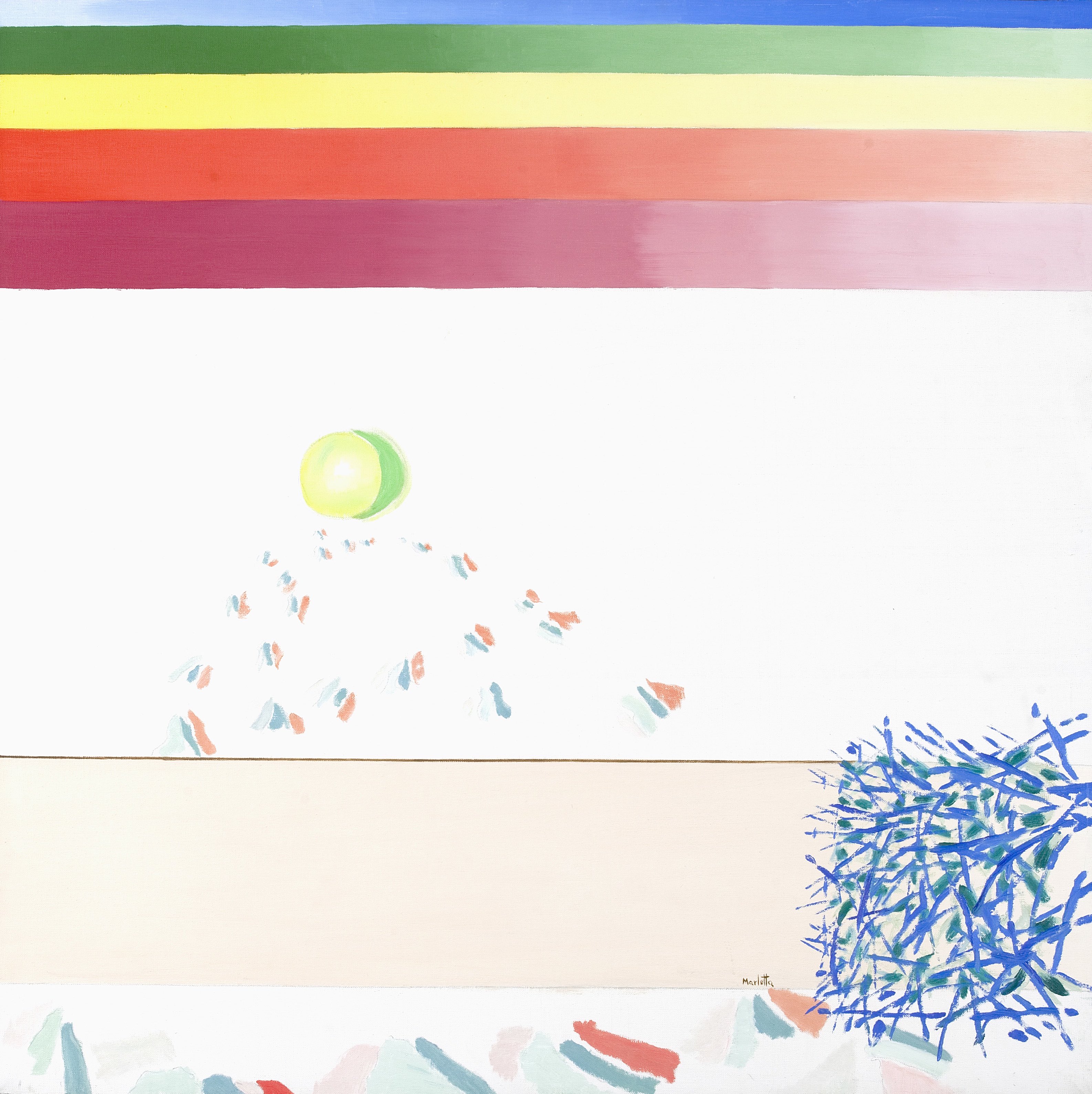
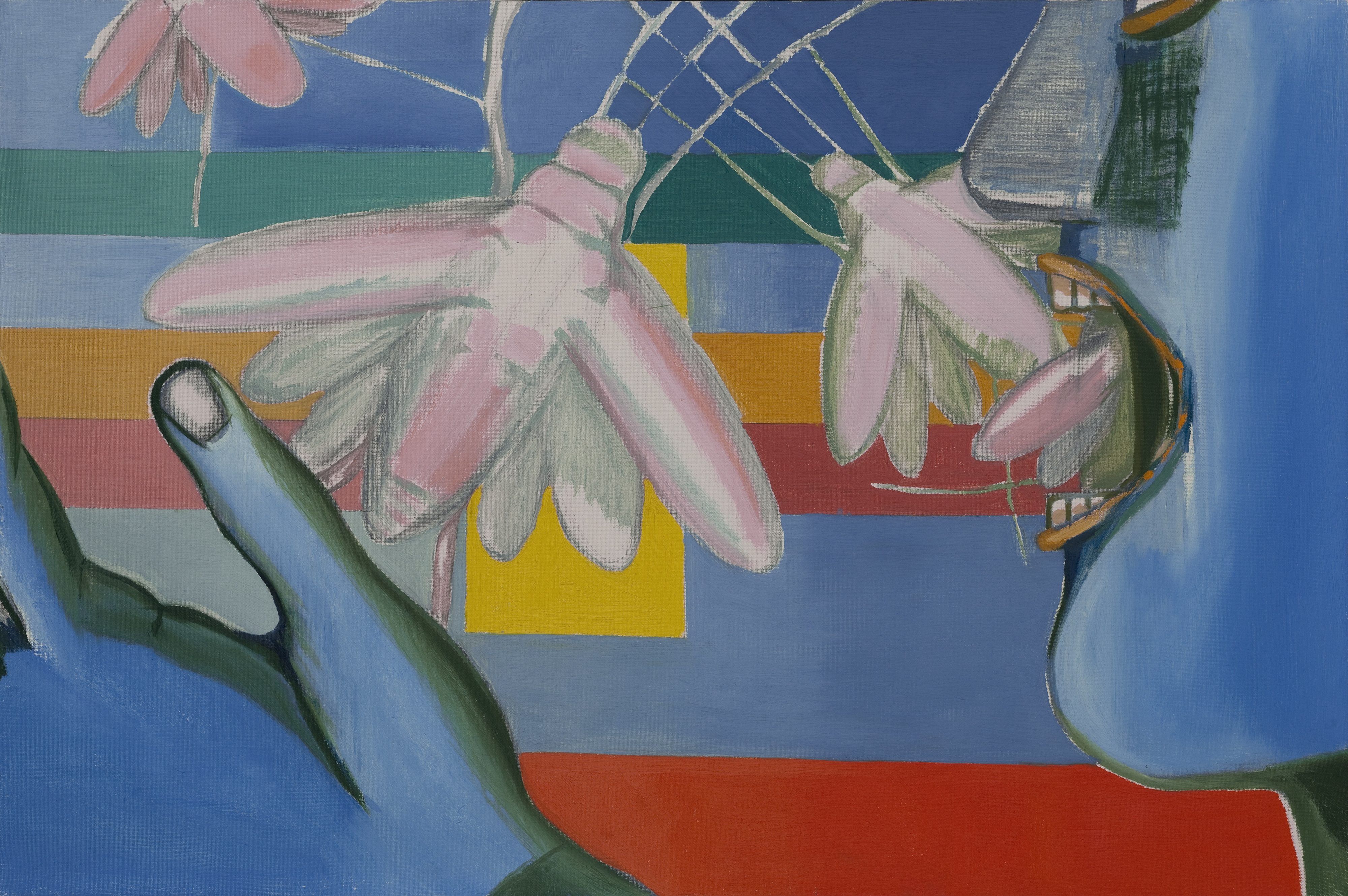
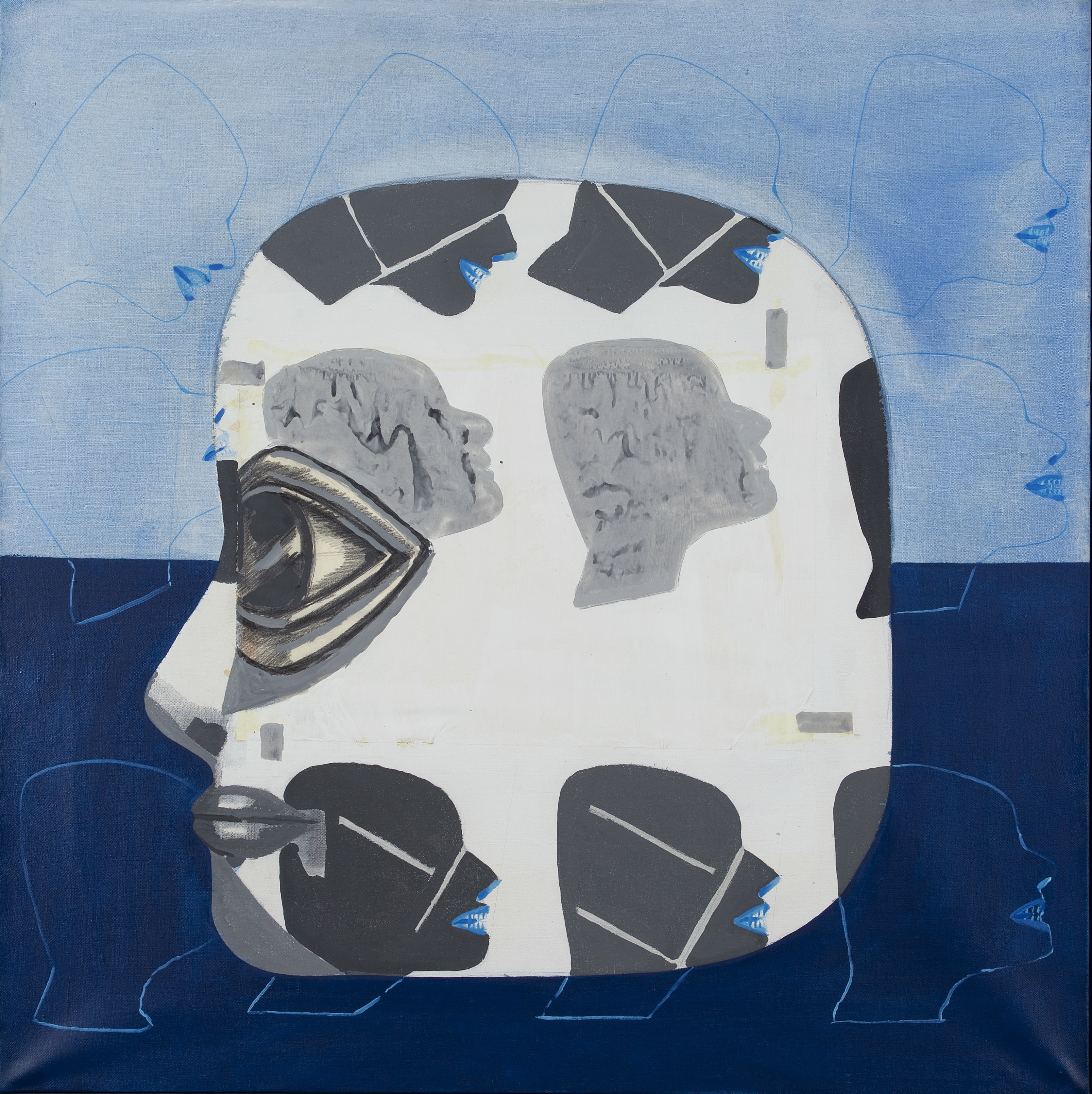
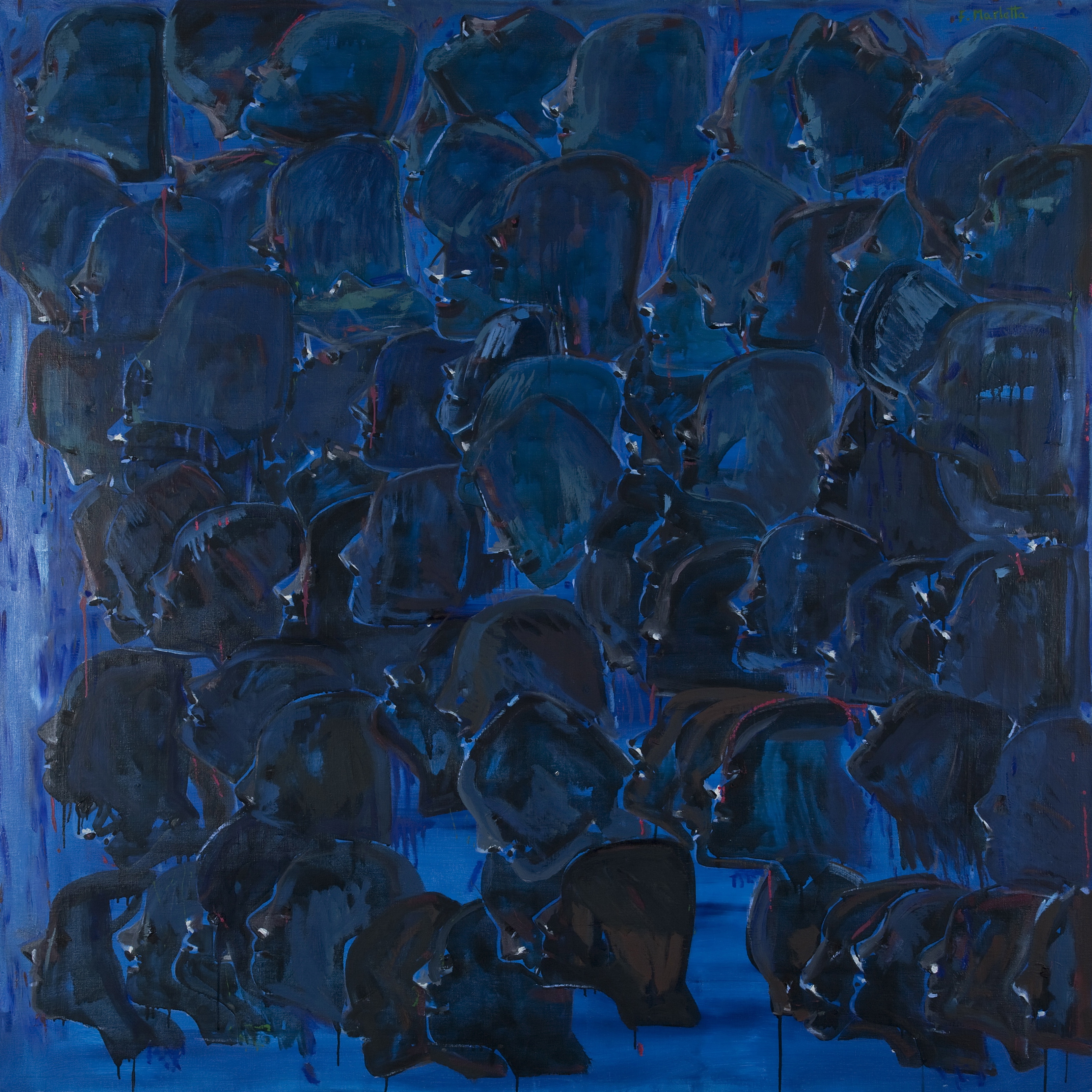
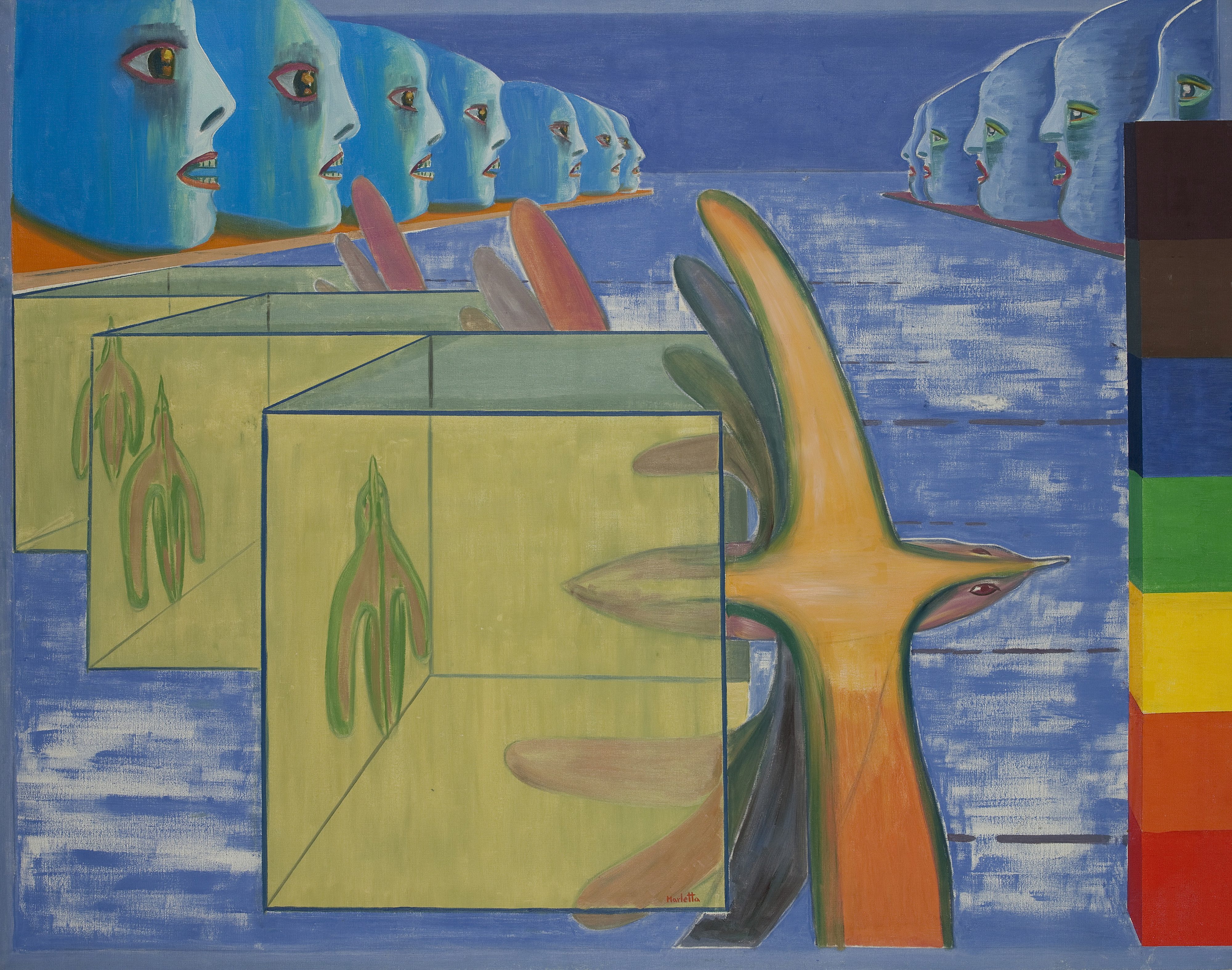
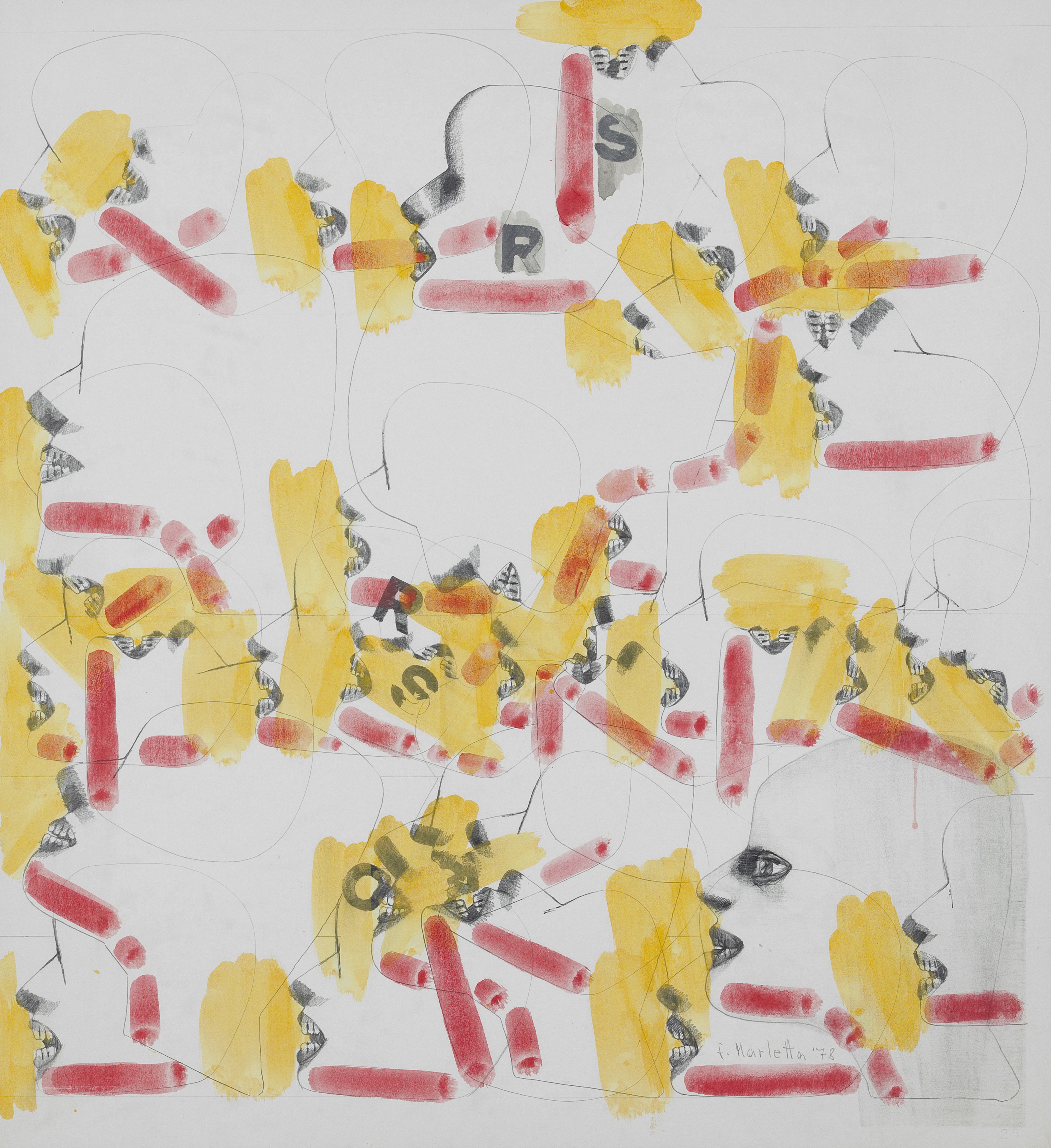
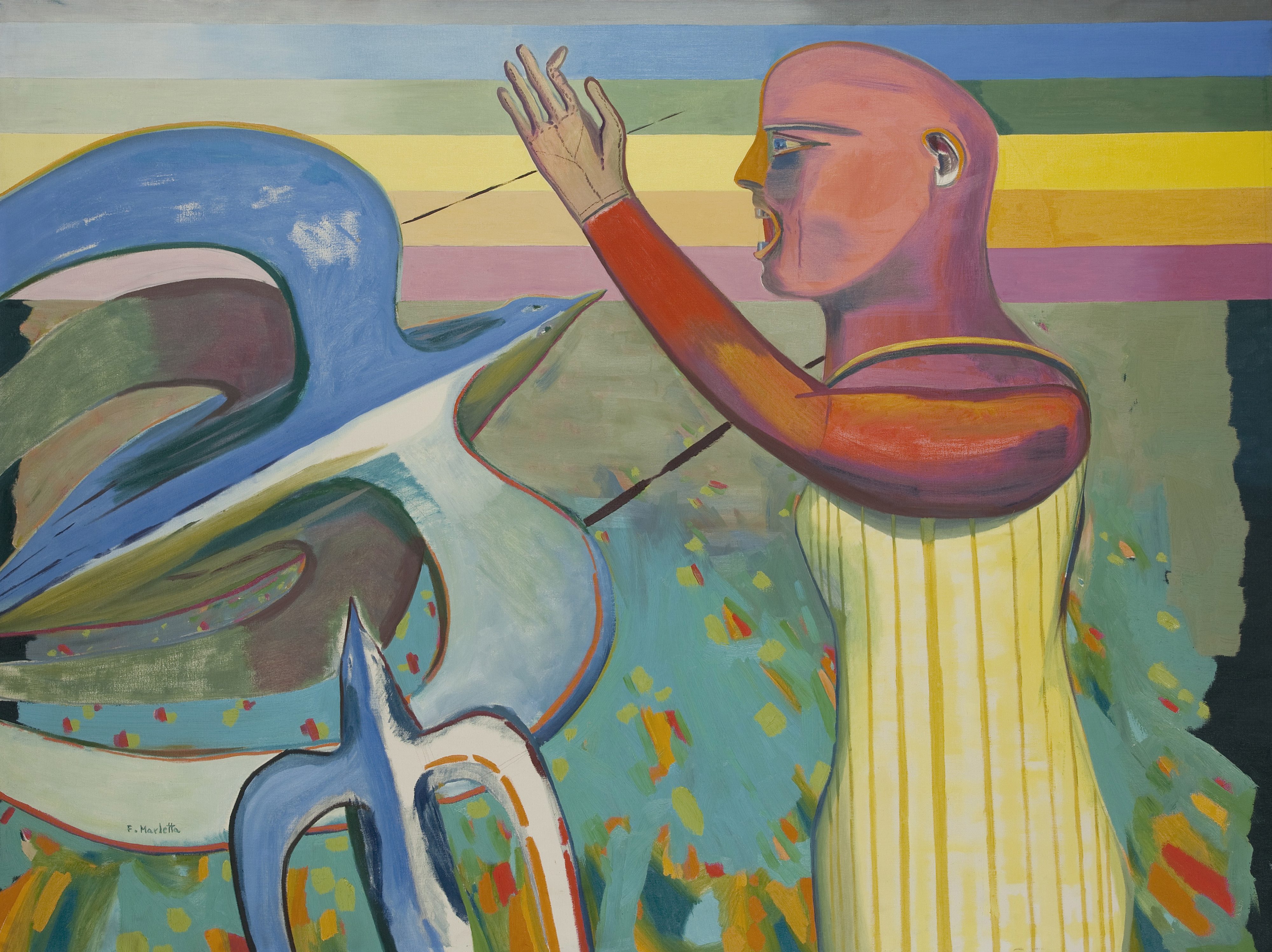
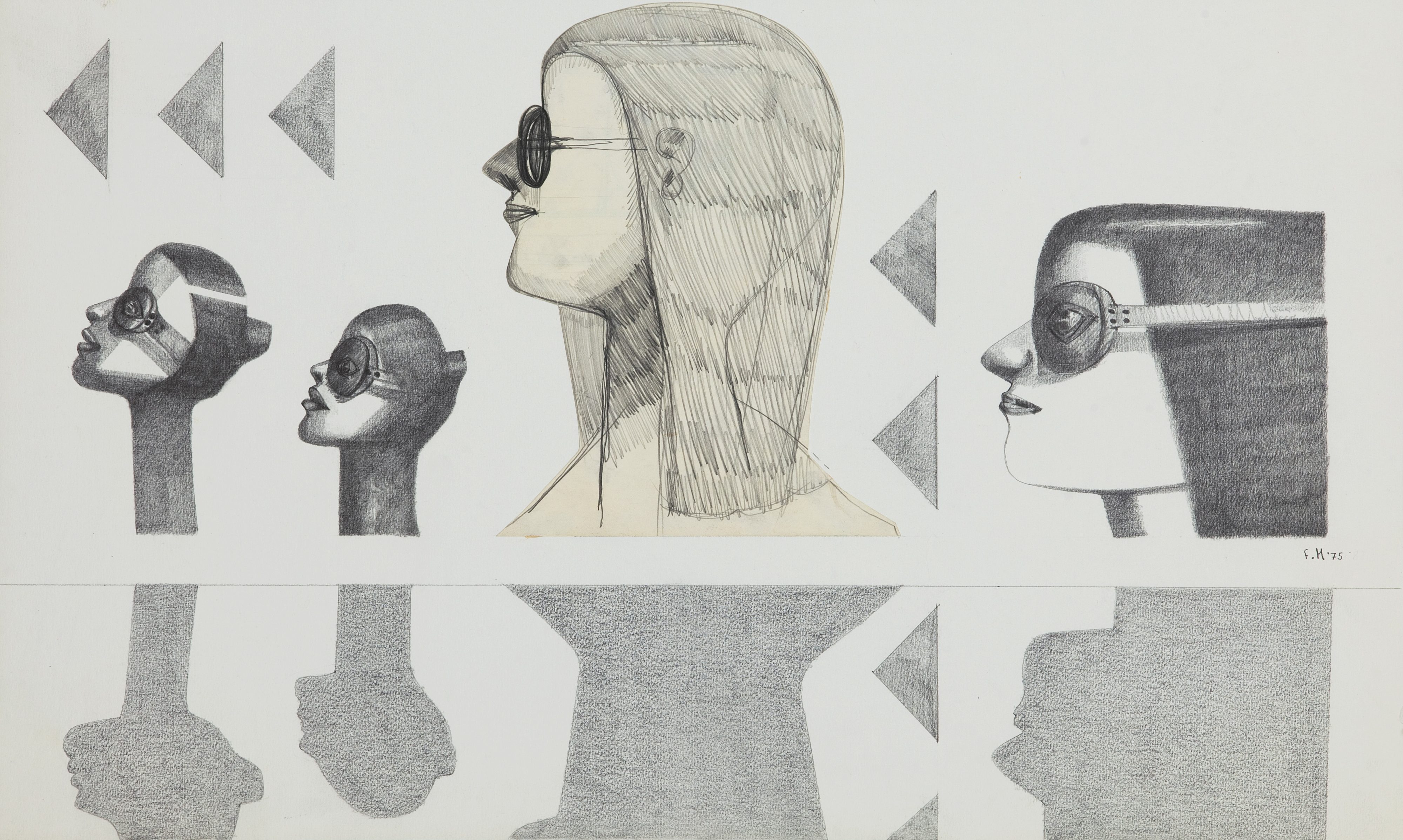
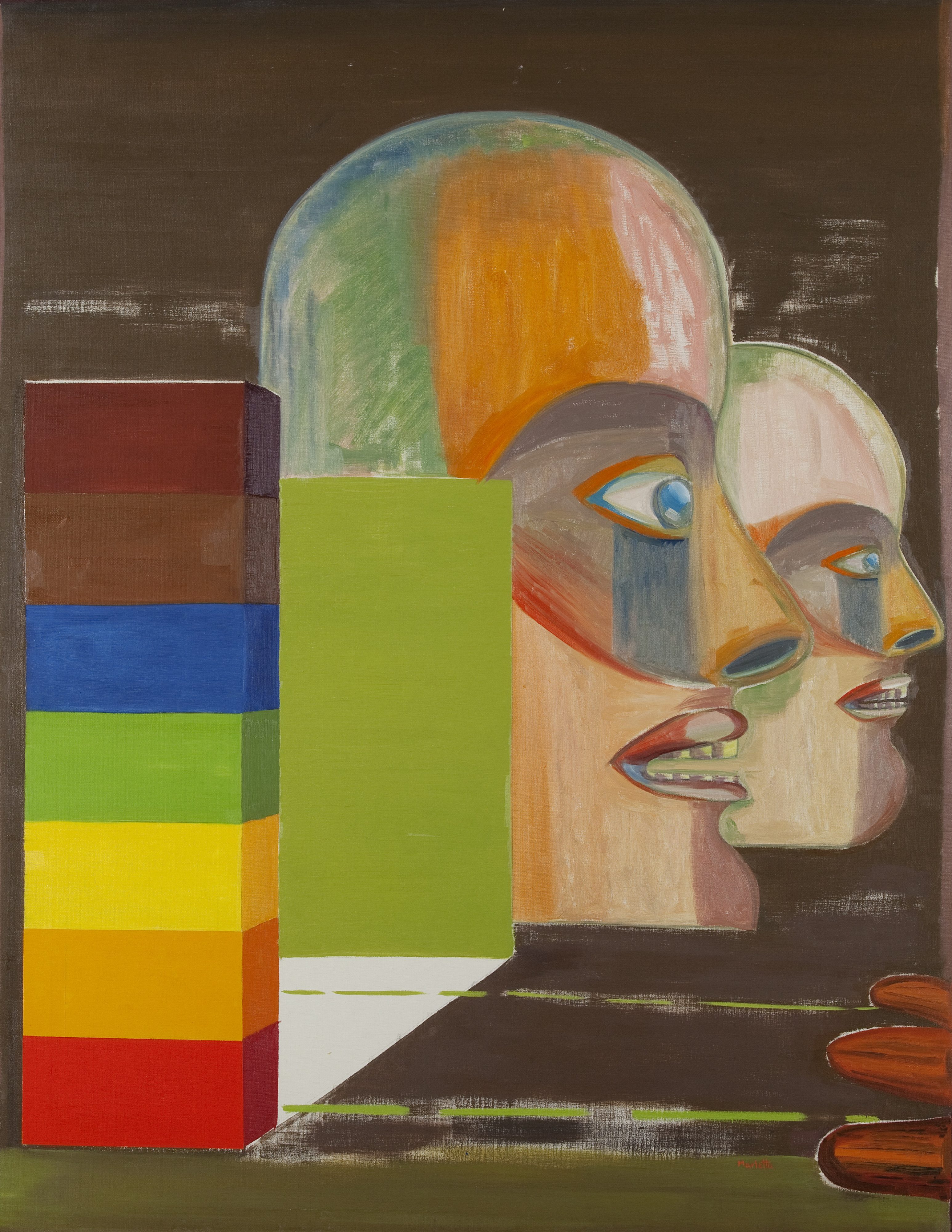
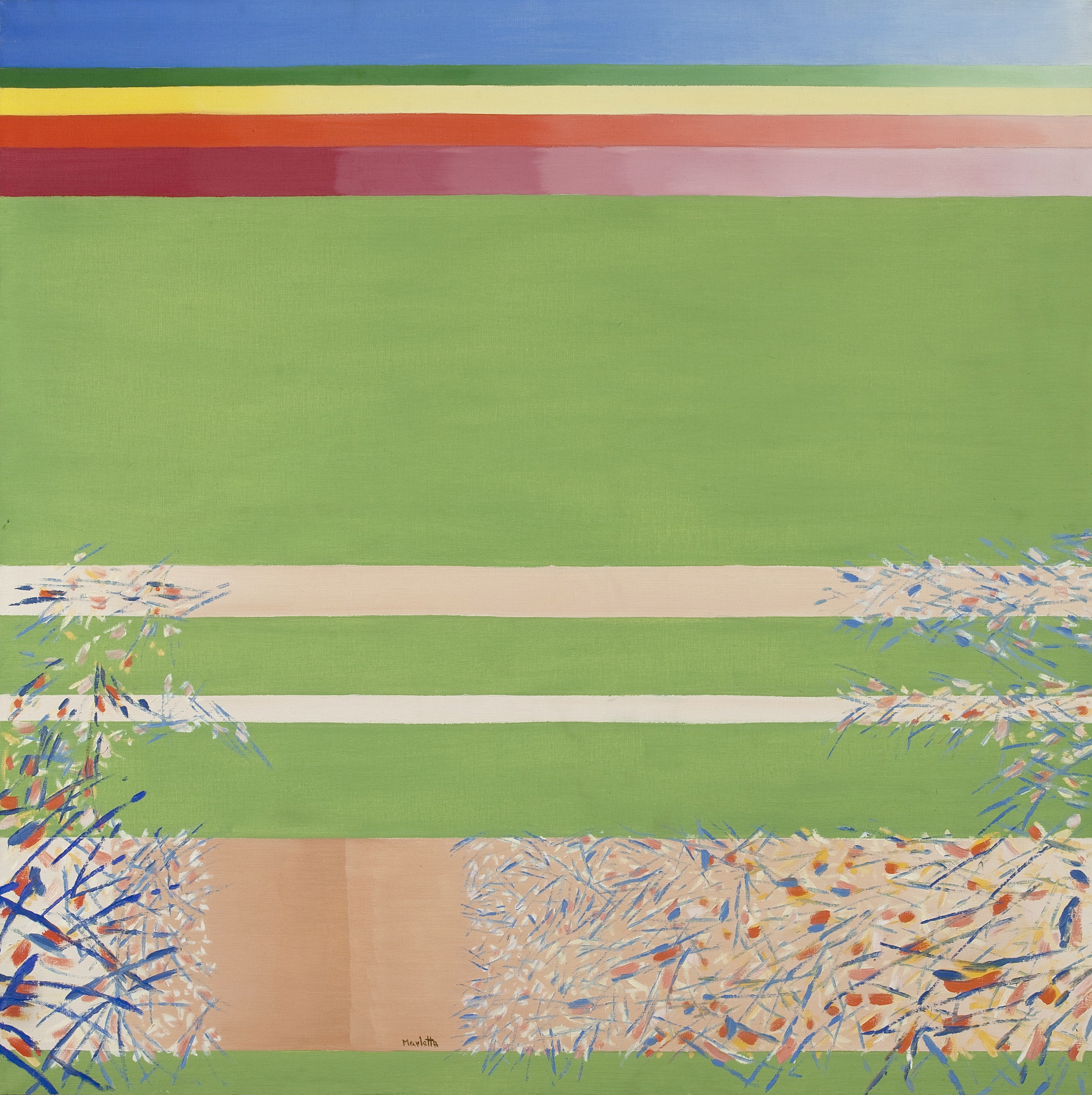
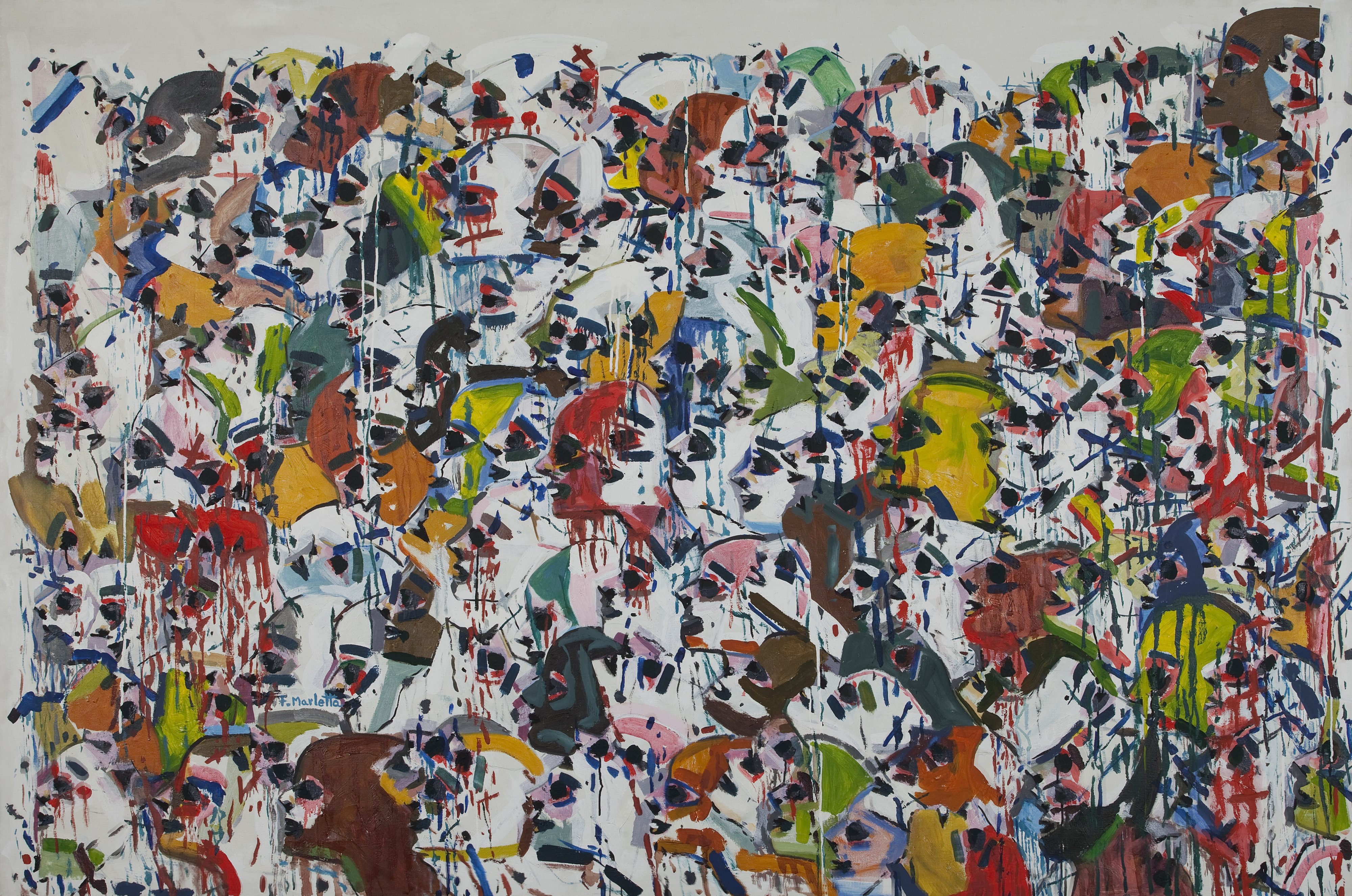
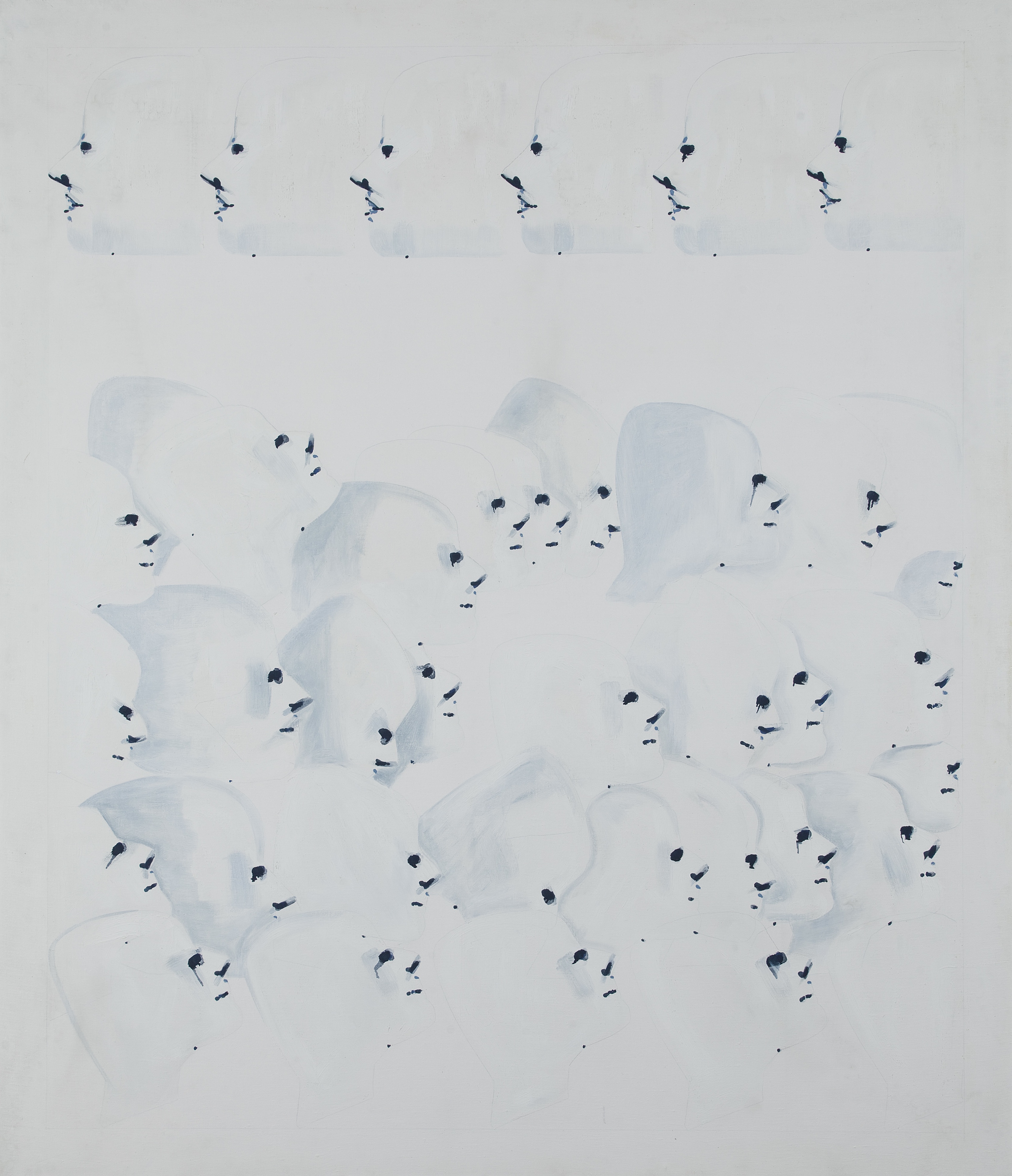
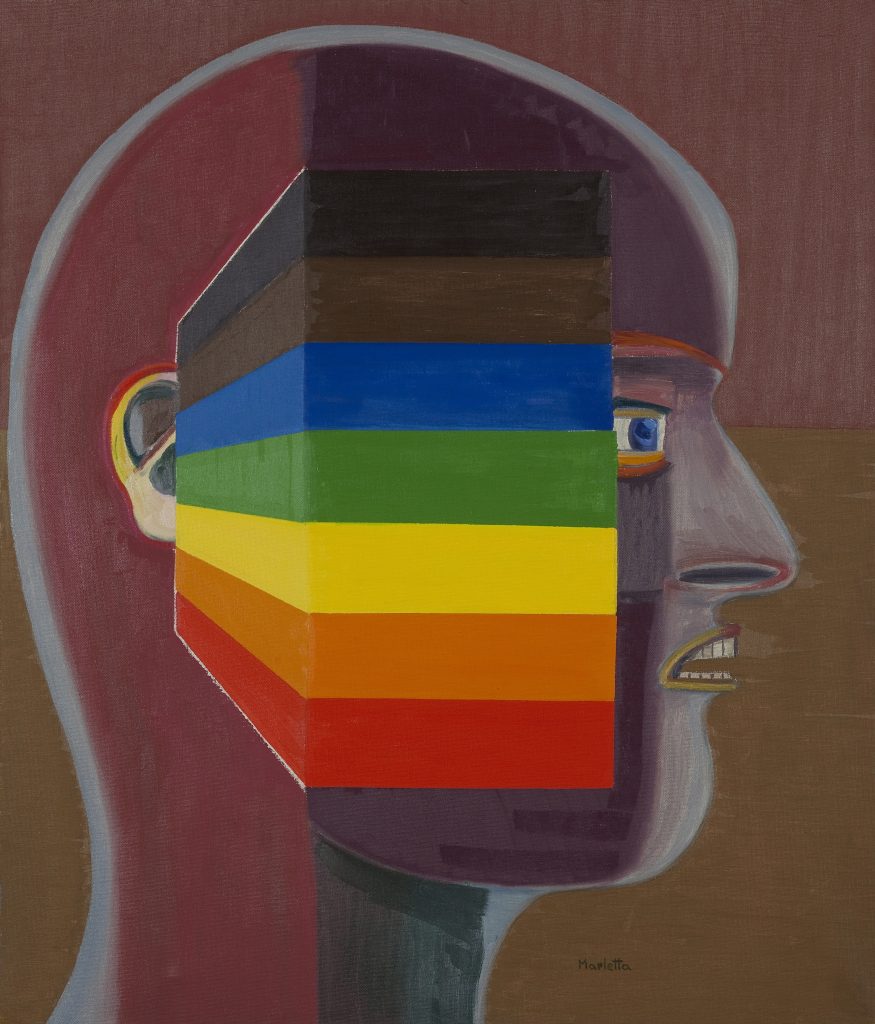
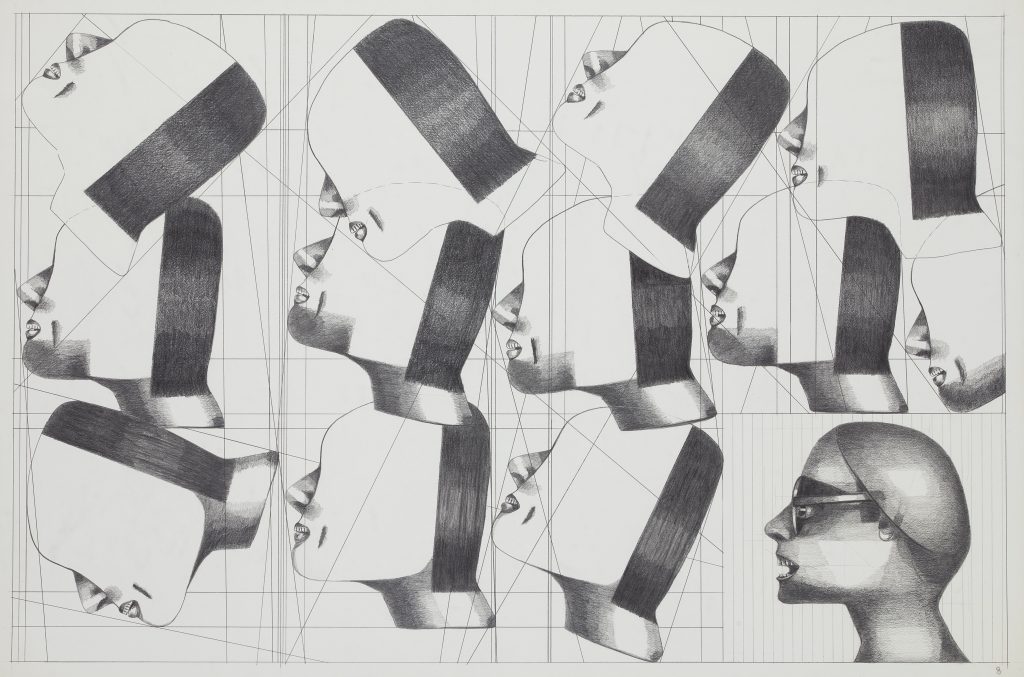
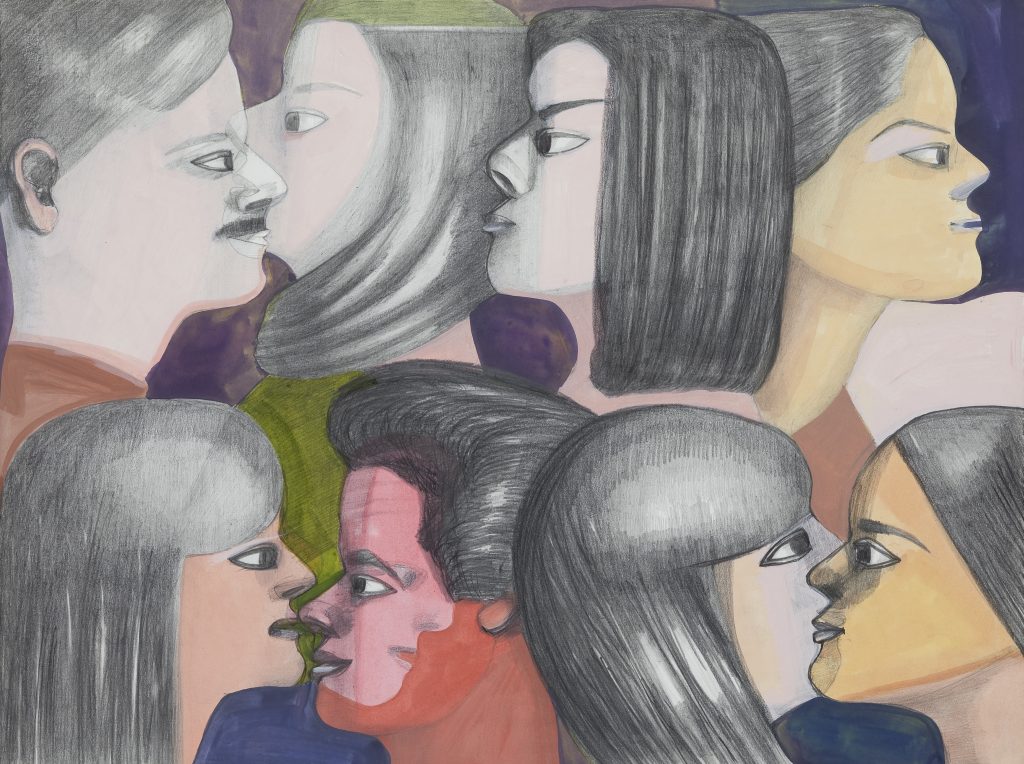
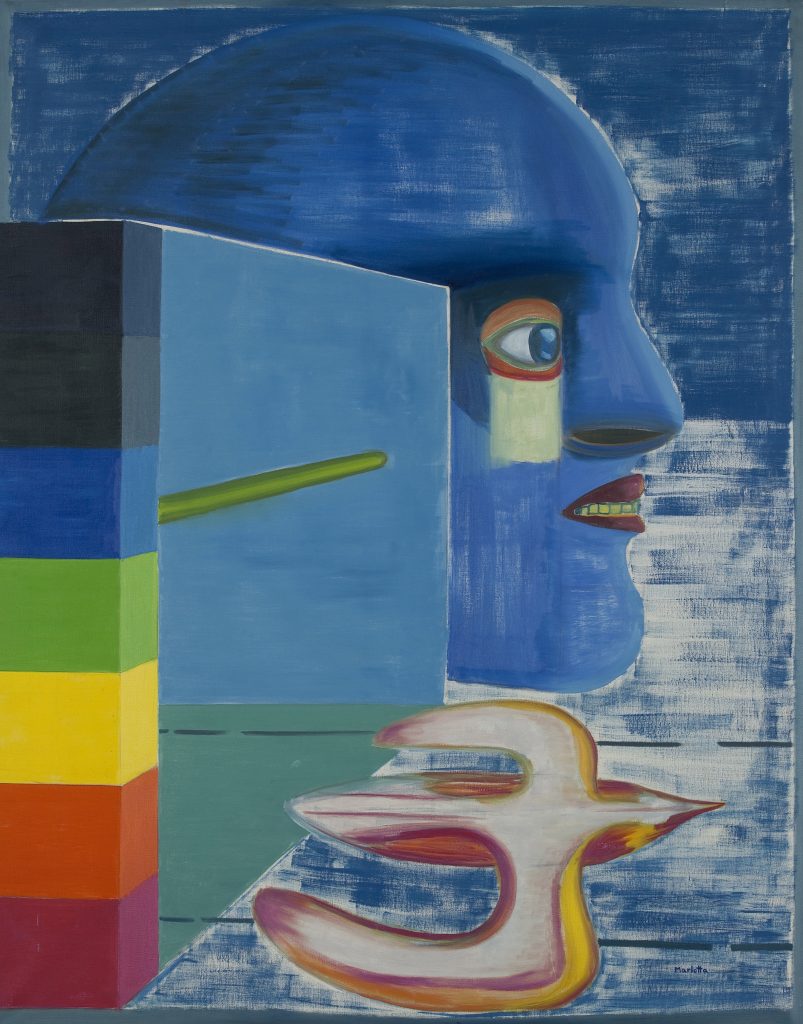
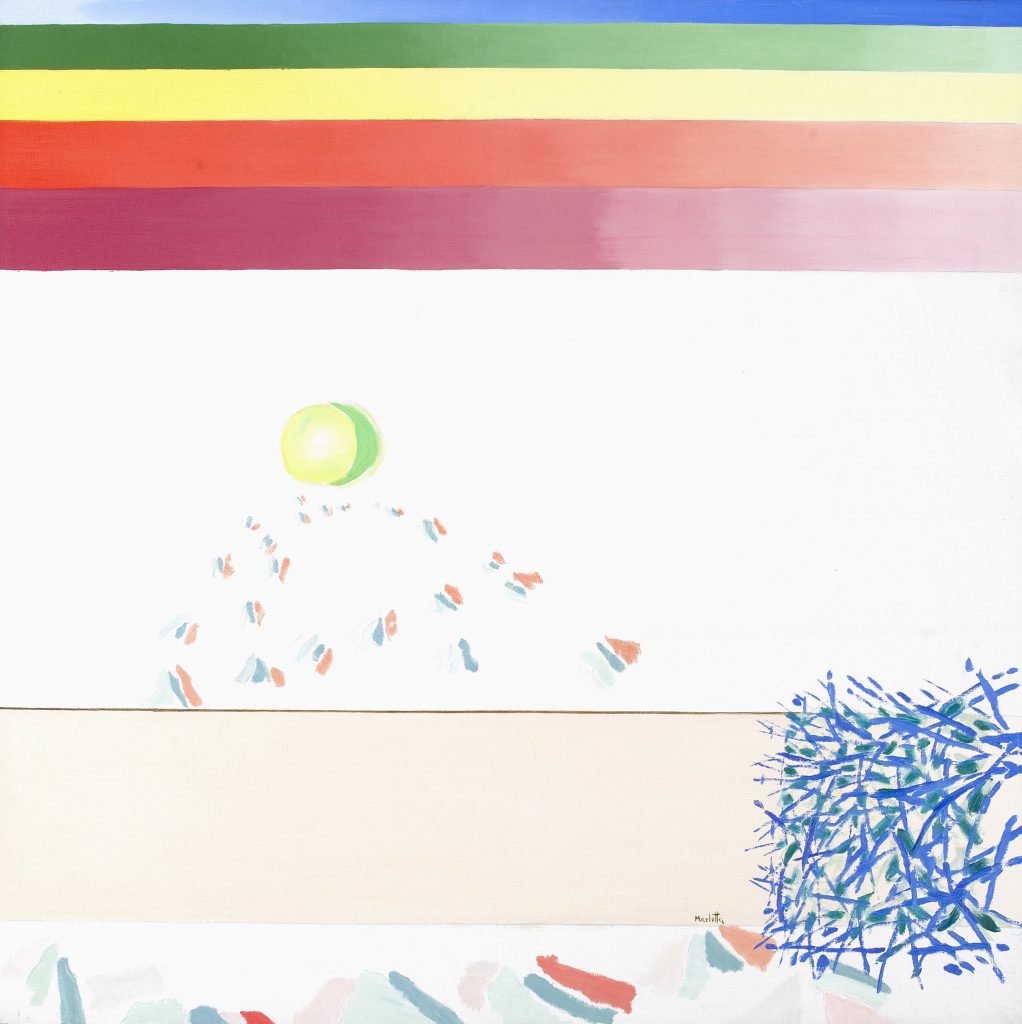
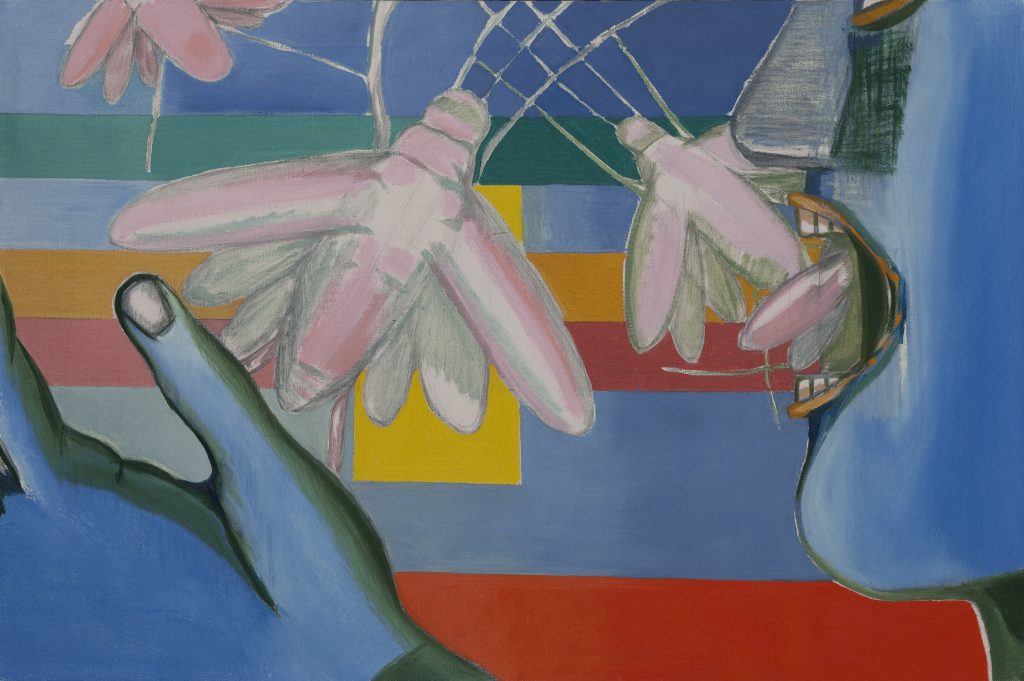
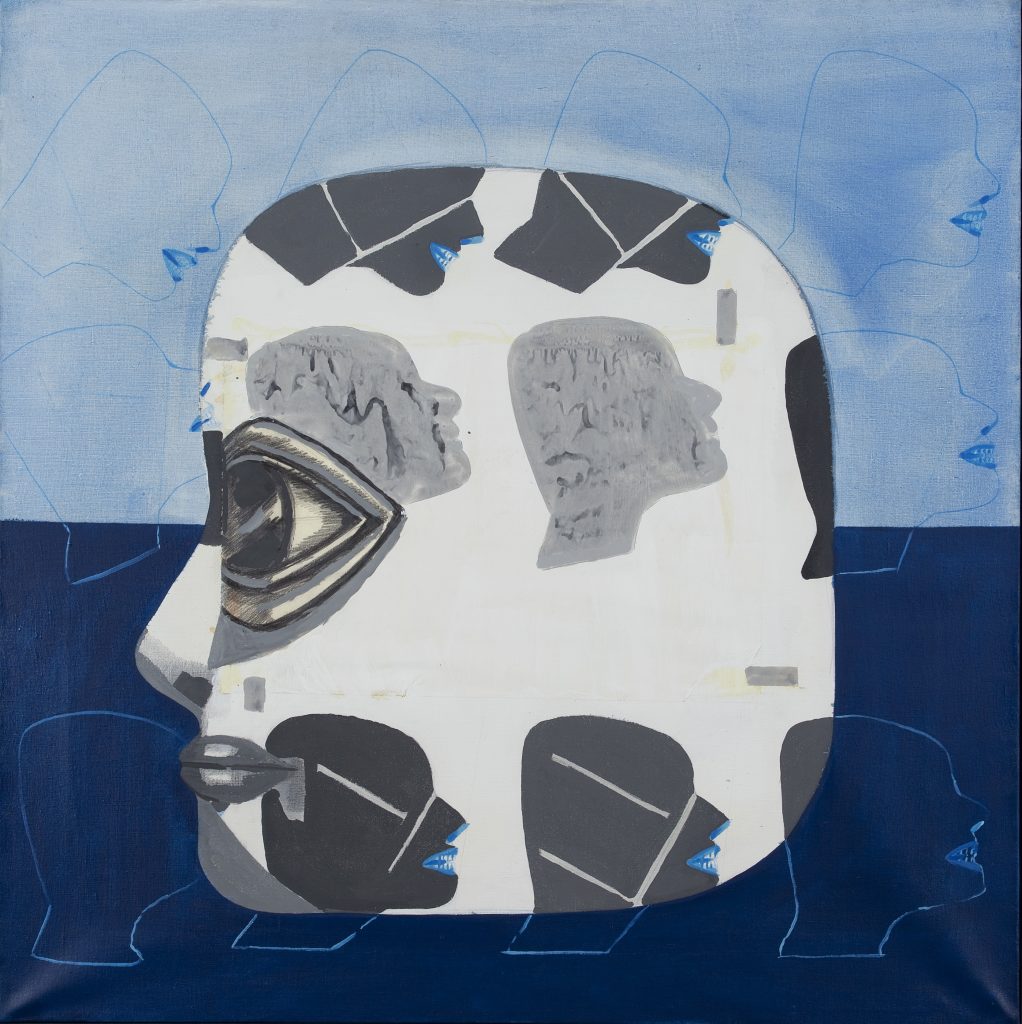
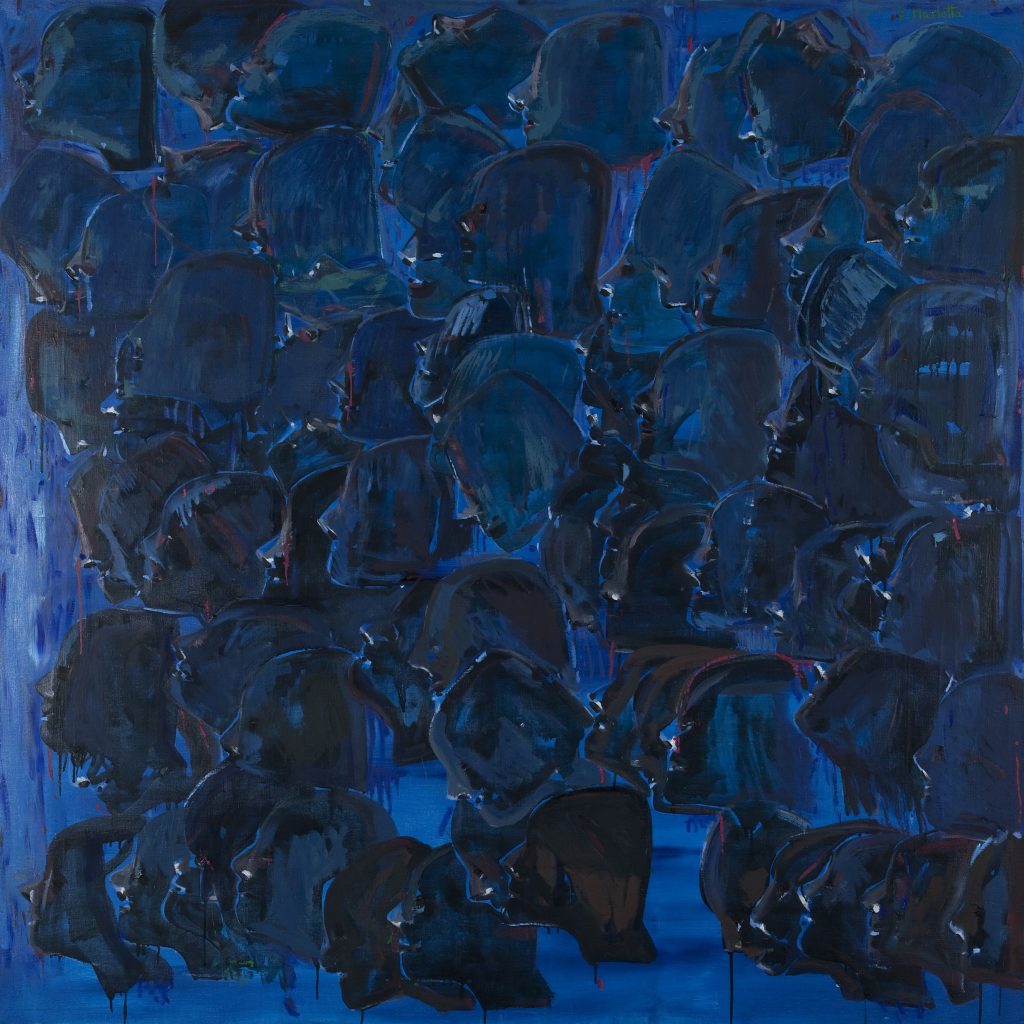
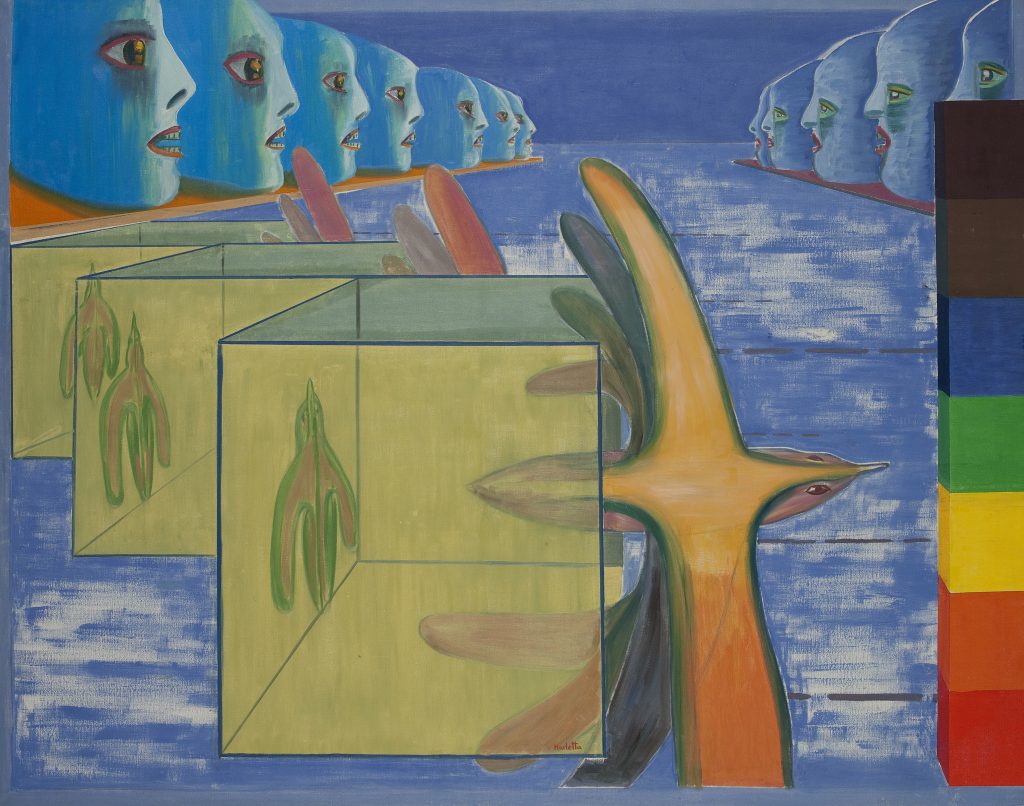
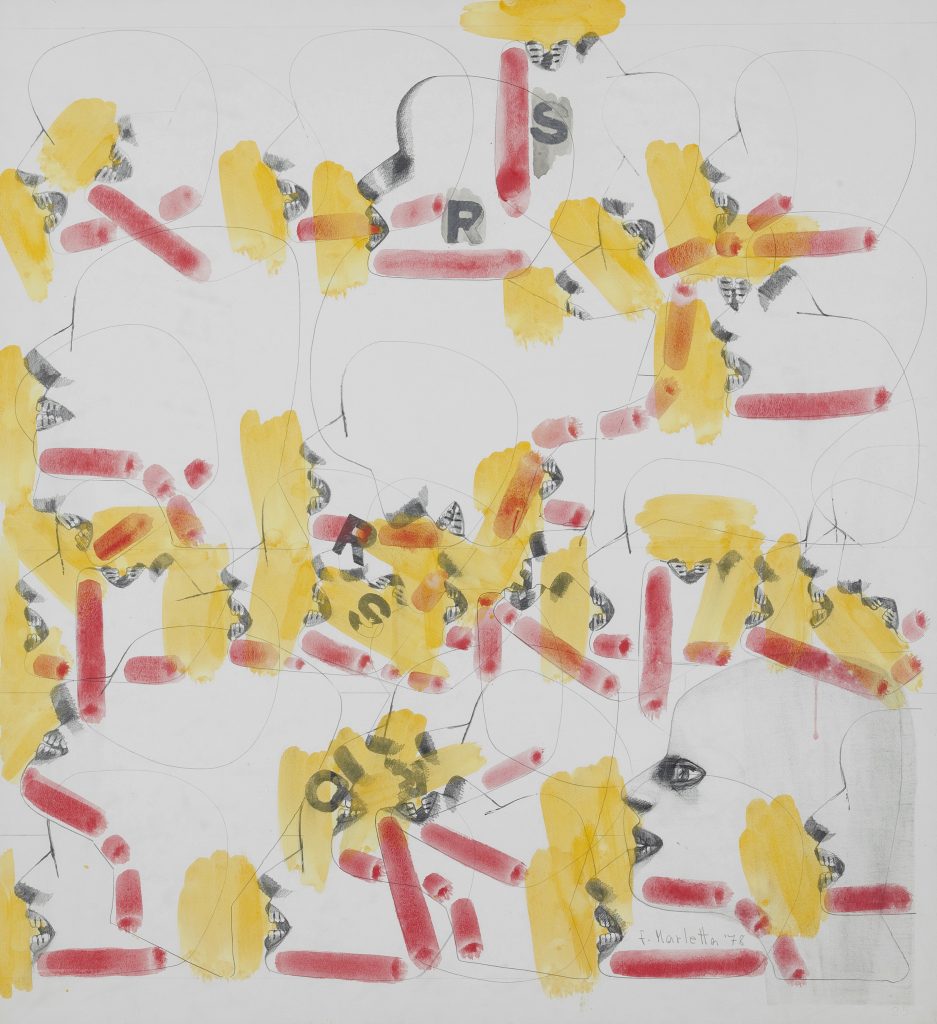
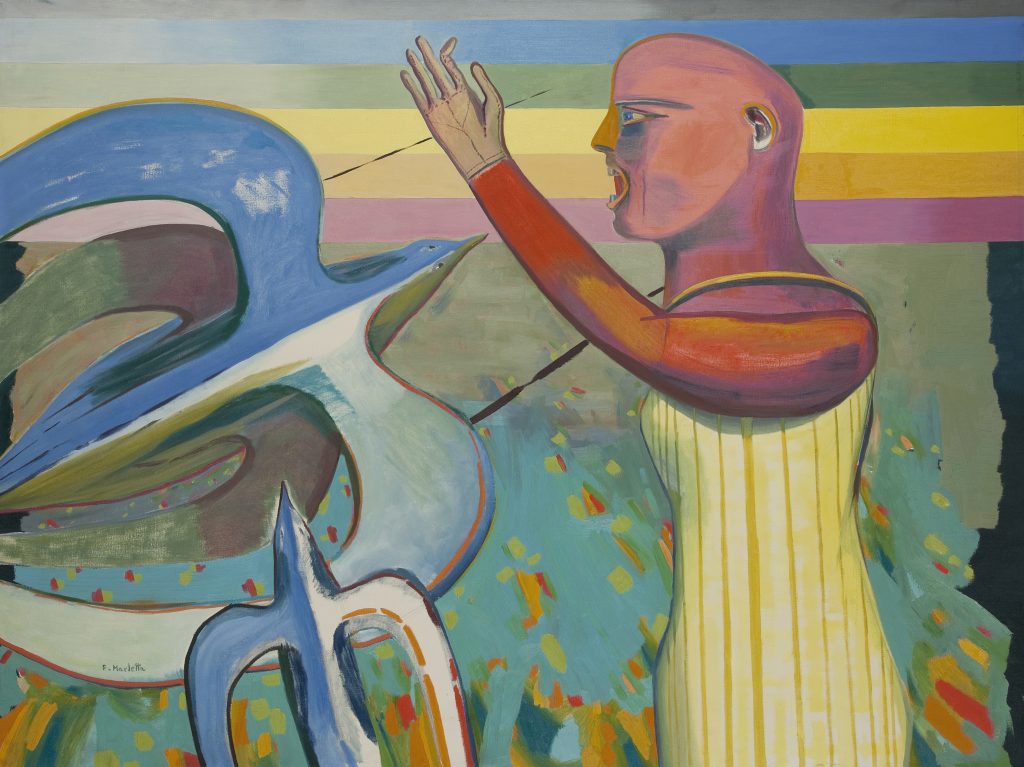
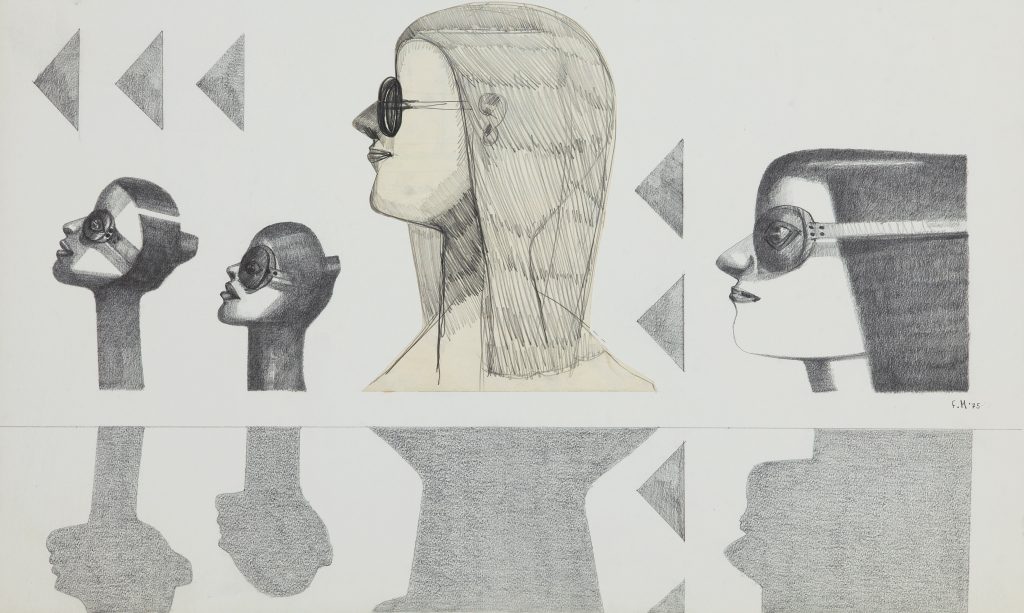
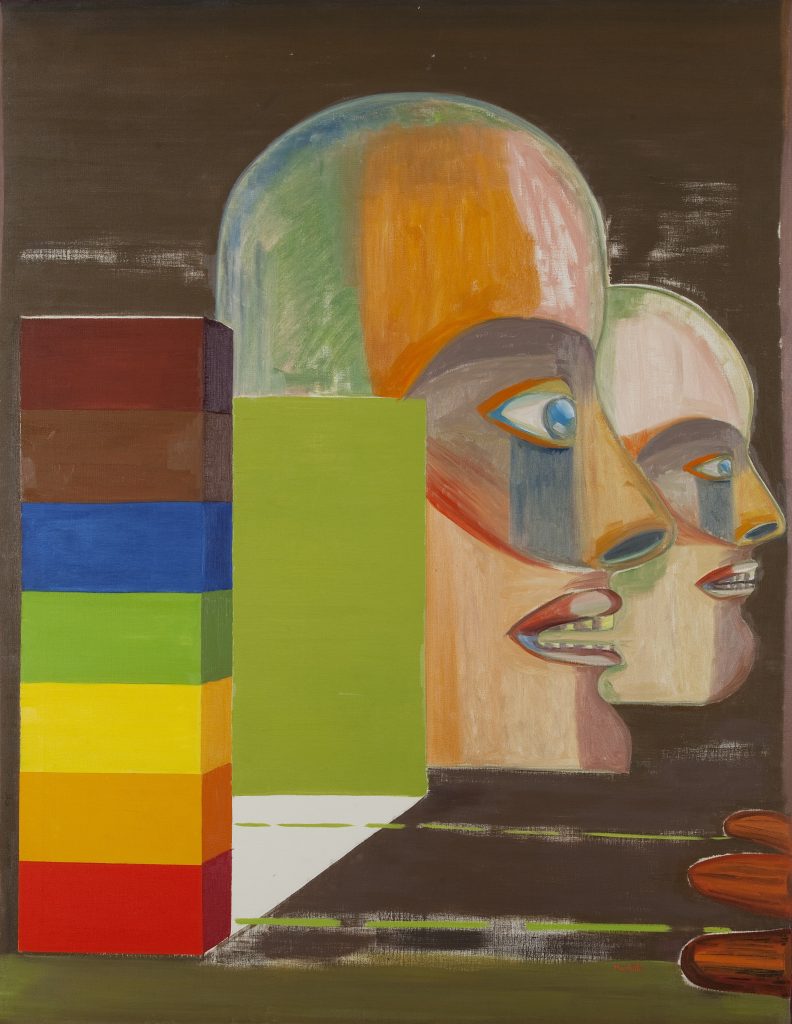
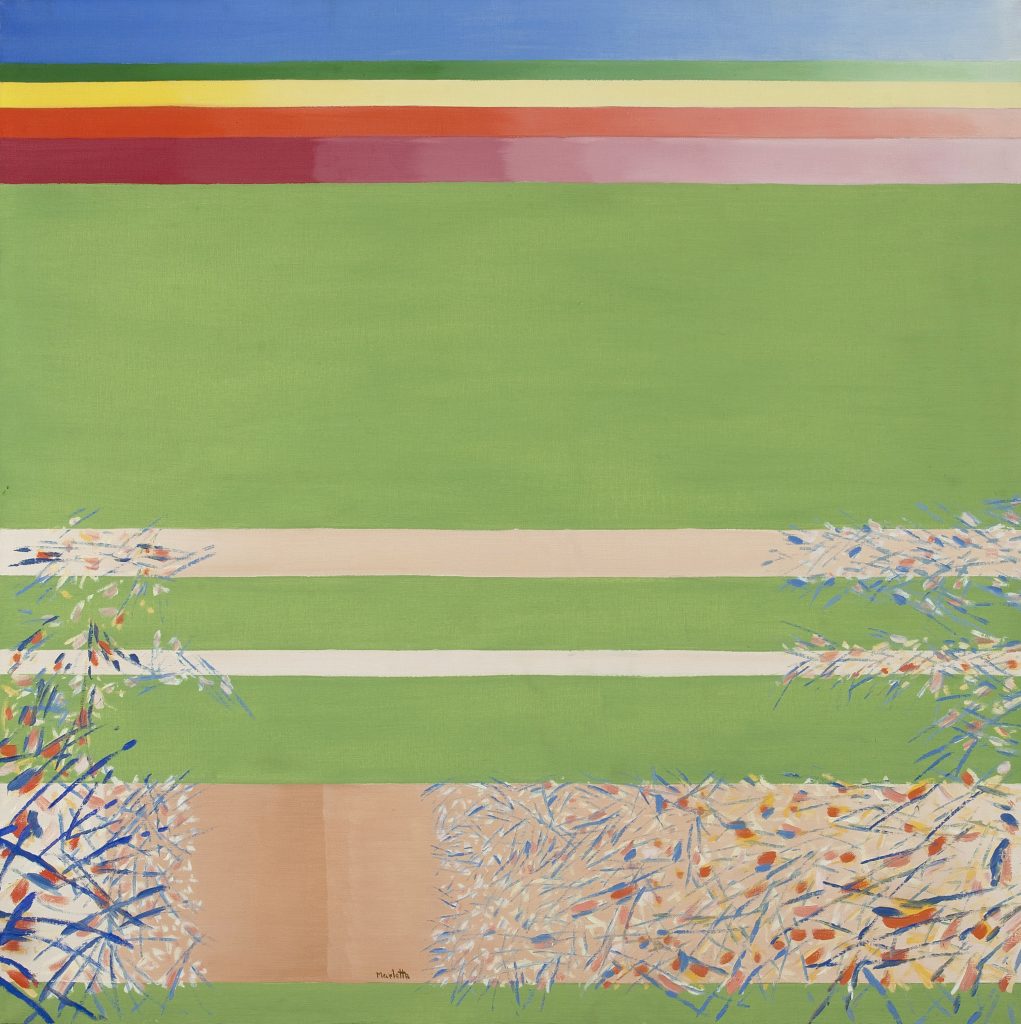
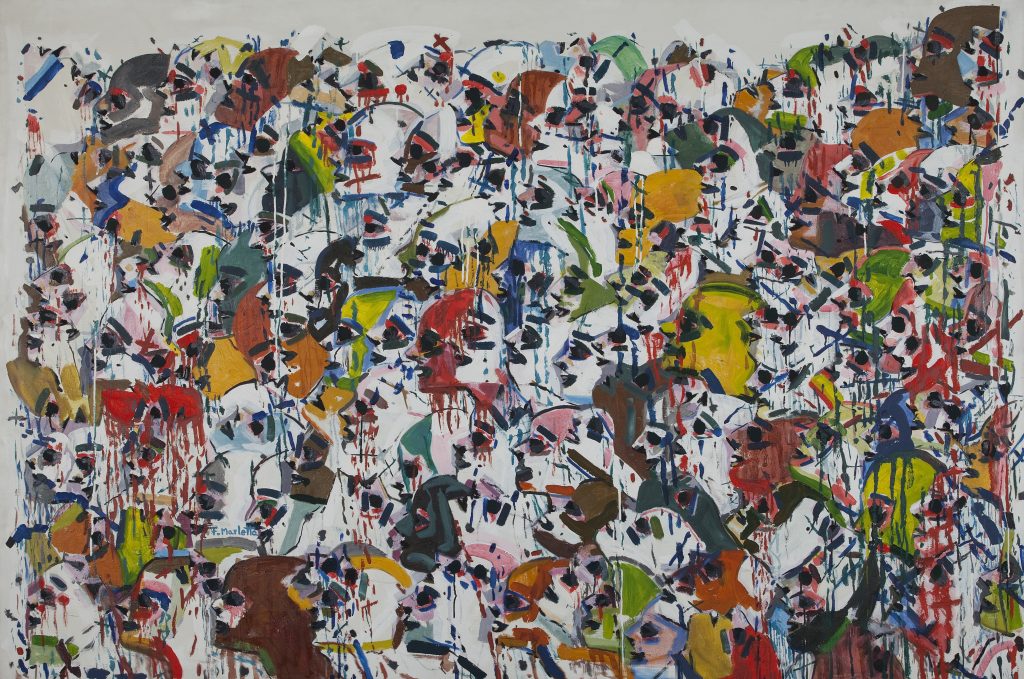
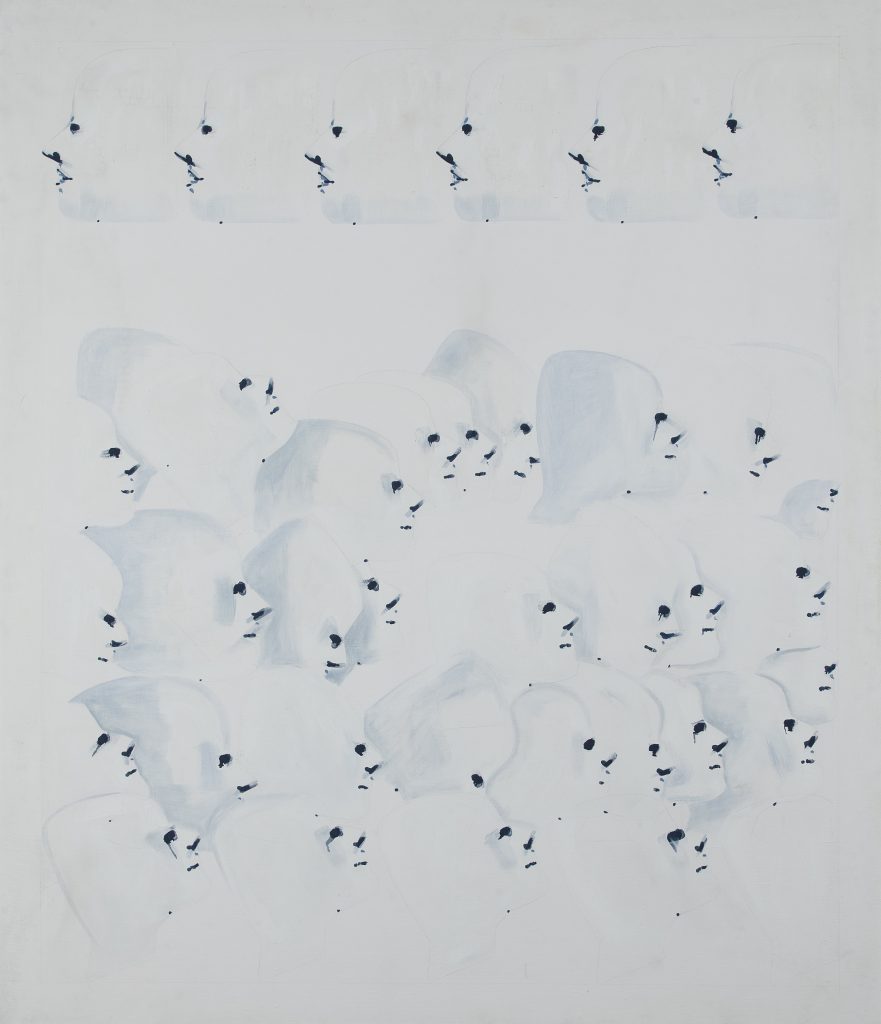
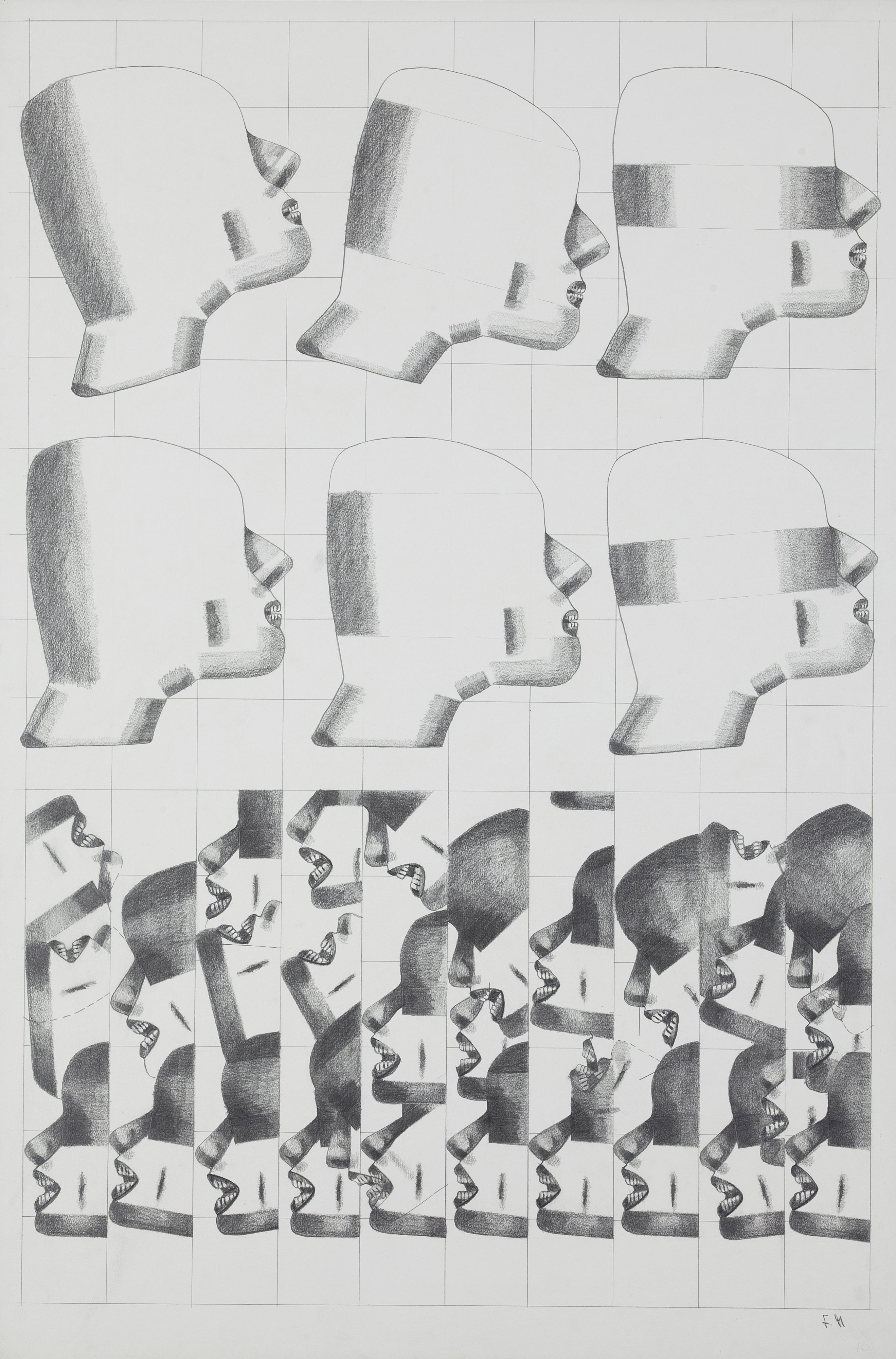
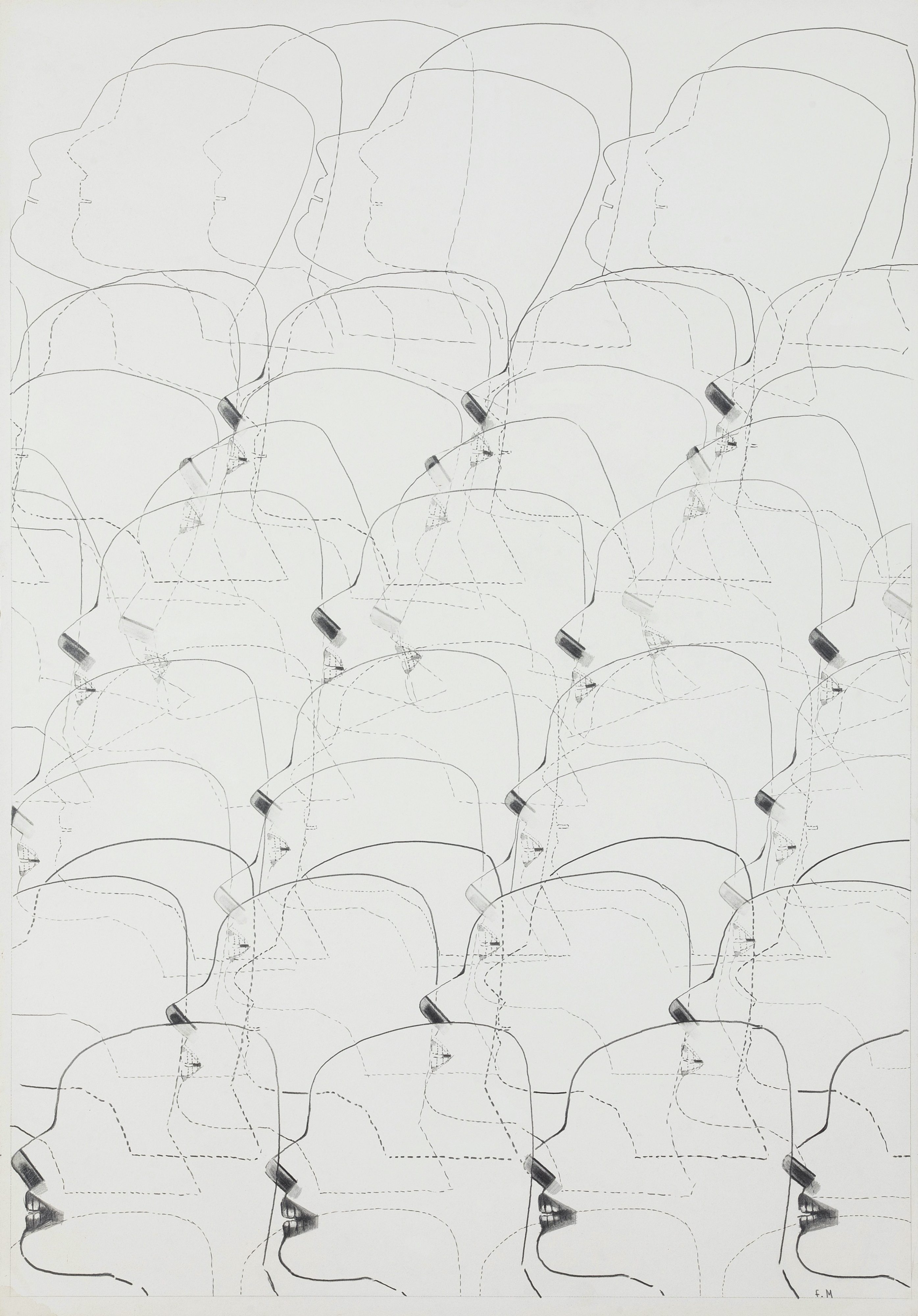
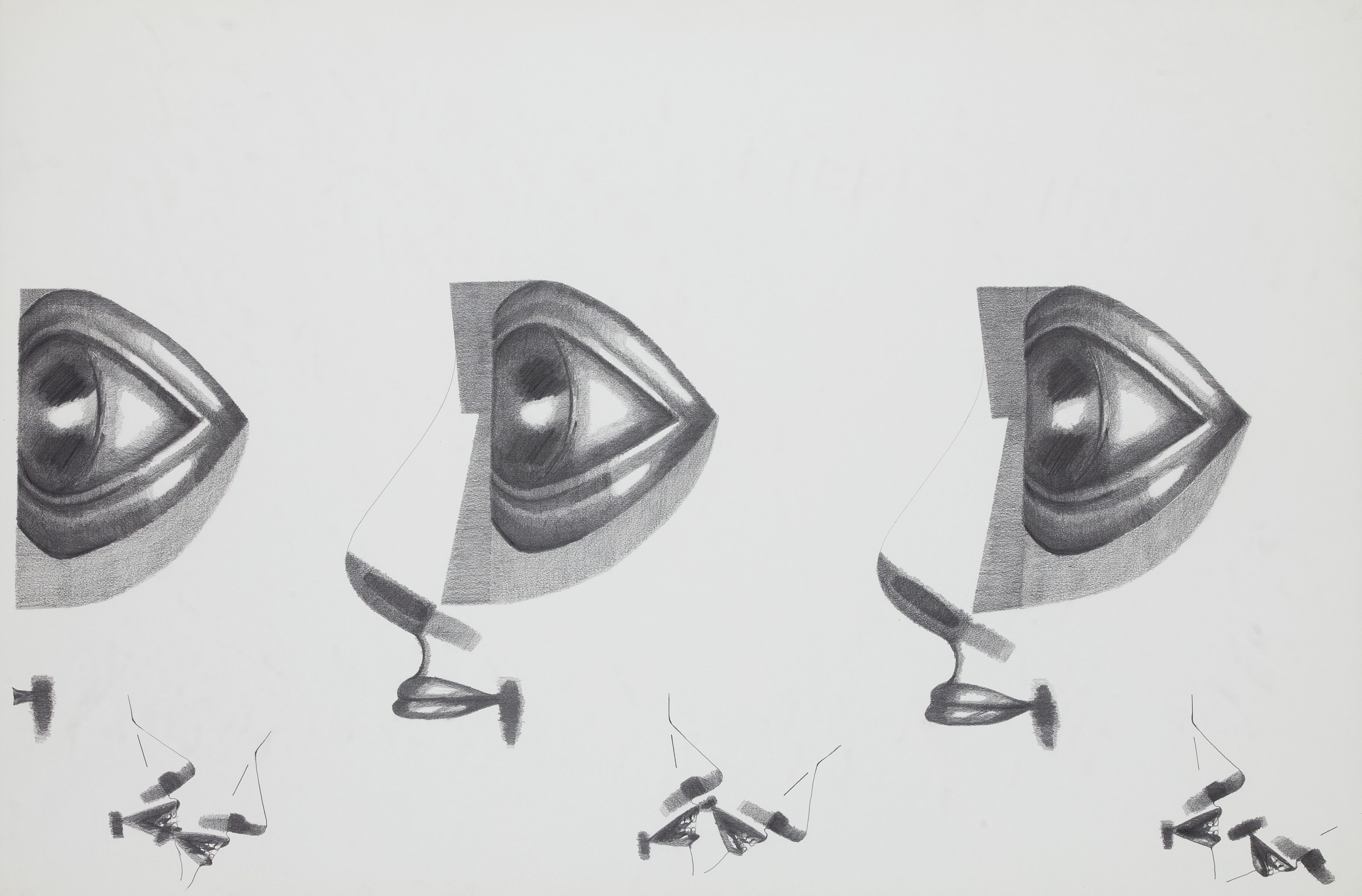
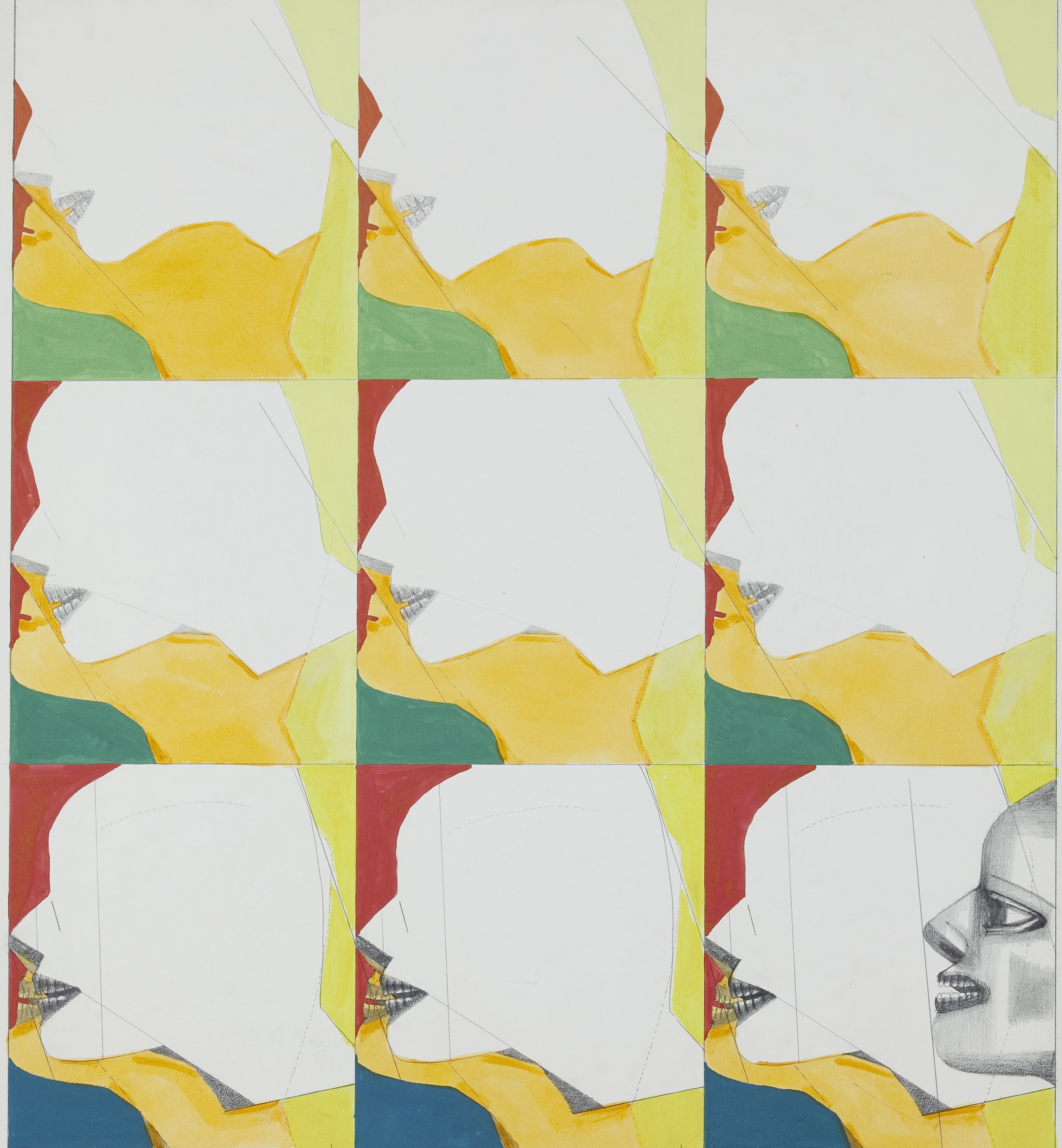
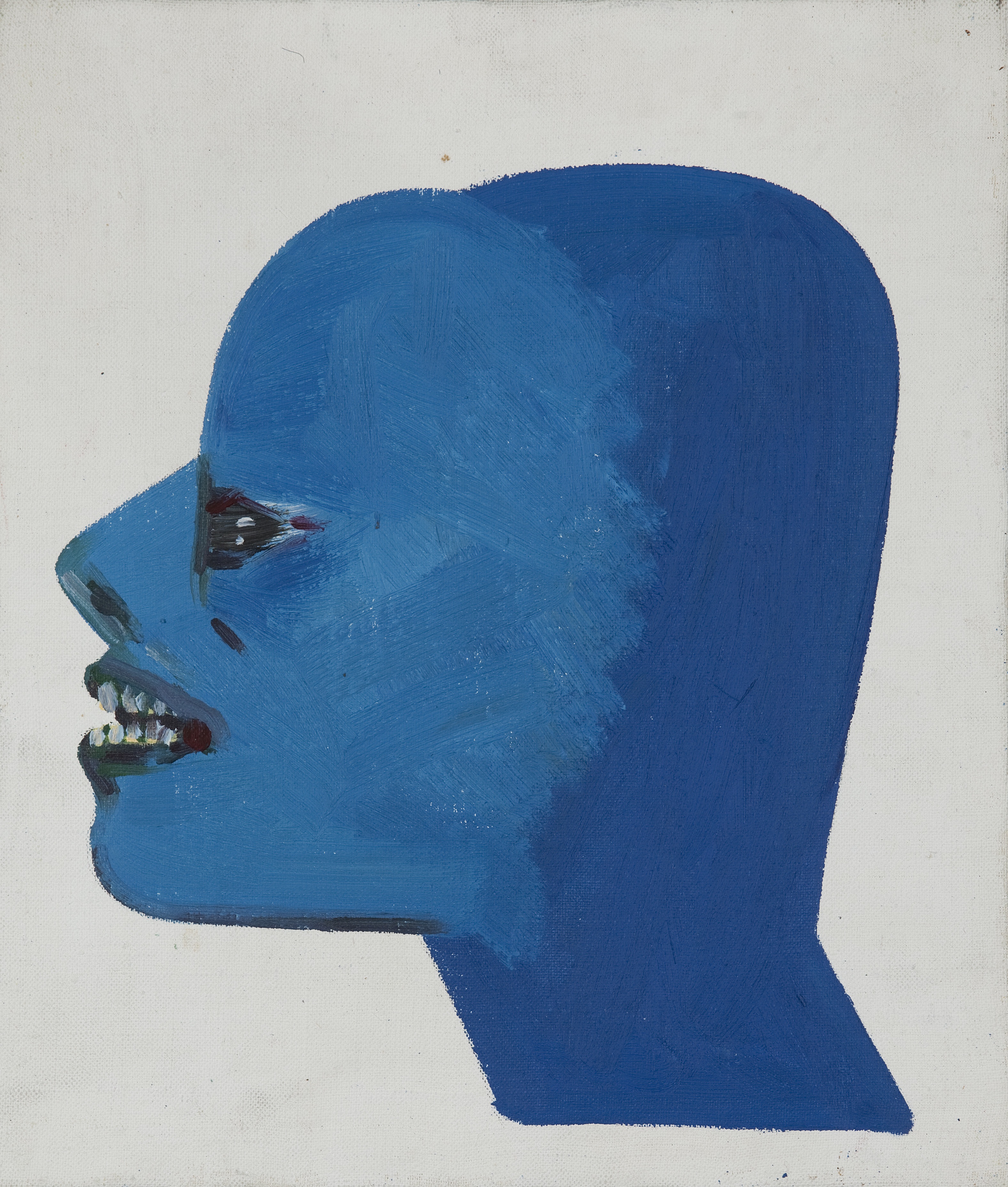
“The Singularity will represent the culmination of the merger of our biological thinking and existence with our technology, resulting in a world that is still human but that transcends our biological roots. There will be no distinction, post-Singularity, between human and machine or between physical and virtual reality”
Ray Kurzweil: The Singularity is Near: When Humans Transcend Biology (2005)